The birth of the Warriors' death lineup

Your teams on the go or at home. Personalize SI with our new App. Install on iOS (iOS or Android).
The everlasting image from the Warriors’ forever season—besides Steph Curry throwing down twin crossovers above the circle and pulling up 35 feet from the hoop; Klay Thompson catching and splashing from the left wing with an unwelcome palm pressed against his forehead; Draymond Green surging through a 7-footer’s chest and knocking him two rows deep into the baseline seats—is Andre Iguodala rising from his folding chair and peeling off his white T-shirt.
The crowd buzzes. The sideline scrambles. And the four gold-clad guys on the court, watching the whole frantic scene unfold, try not to laugh. “I love it,” Green says, a devilish smile creeping up his right cheek. “I relish it. I see Dre come in, and I’m like, ‘Here we go. Now it’s on.’” Rotations change, so Iguodala is not always the last one in. Sometimes it is Curry or Thompson or Green or Harrison Barnes. No matter the order, when those five reunite, they turn giddy, and their opposition antsy. Coaches desperately send wings to the scorer’s table, bigs to the bench.
“There’s a panic,” Green says. “It’s like they’re thinking, ‘I have to get somebody out of there. I have to get somebody in there. I have to do something.’ The reactions we get are pretty funny.” The Warriors call their feared five the Small Lineup because no member stands taller than the 6'8" Barnes. The Internet terms them the Death Lineup because no foe survives their speed and spacing on one end, their strength and switching on the other.
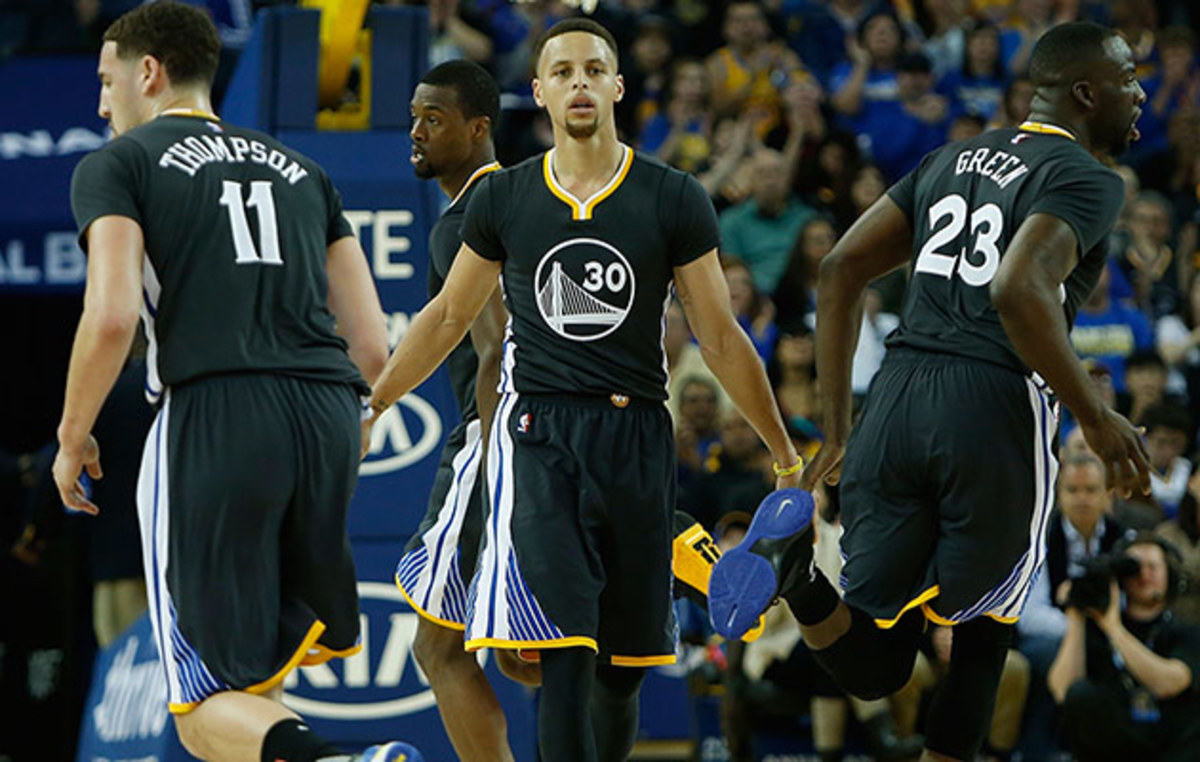
Traditionally, a team’s best lineup is the group that starts. The Warriors typically deploy their killer quintet to close, whether quarters, halves or games. They often call on it to negate an offensive-minded post player who can’t cover on the perimeter, or to match a stretch forward who won’t venture inside anyway. Golden State’s coaches compare their mighty-mite unit to a trump card and a turbo boost, to Mariano Rivera and Usain Bolt. They don’t like to use it for more than 15 minutes per game. That would be like pitching Rivera for three innings or making Bolt run a mile. Green and Barnes, tenacious as they are, can only wrestle behemoths for so long.
But those 15 minutes are a marvel. All the qualities that distinguish the Warriors are amplified: the fast breaks, the high screens, the split cuts, the penetration, the movement, the flow. Golden State’s rollicking five-piece band shot 53.5% from three-point range this season. It defended better than the tight-fisted Spurs. And it outscored opponents by 47.0 points per 100 possessions, the highest rating for a lineup with at least 100 minutes together since such figures were recorded. The next most productive group to log as many minutes this season was a Cleveland crew with plus-24.2 net points. You can argue the Dubs boast the best team ever—and the best lineup ever.
• MORE NBA: Giant Killer: Draymond Green dares you to define him
In Game 2 on Sunday in Oakland, Golden State led by one early in the second quarter. That’s when Steph joined Klay, Iggy, HB and Day Day. In less than three minutes they reeled off 11 points and gave up zero, extinguishing the Cavs for the night and perhaps the series. “Their small lineup was a lot faster than what ours was,” Cleveland coach Tyronn Lue said after a 110–77 rout. “It gave us some problems, so we’ve got to try to figure that lineup out, and we’ll be fine.”
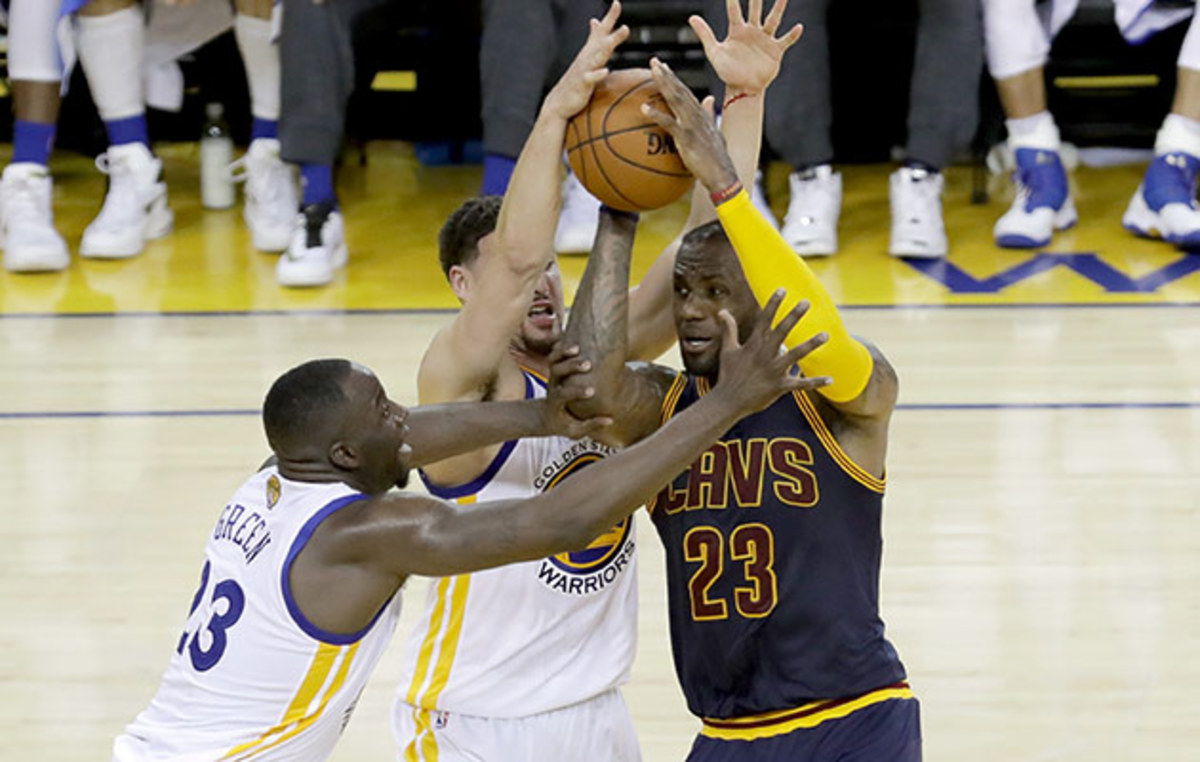
Nobody has solved the Warriors’ fail-safe combination, with the possible exception of the Thunder, whose equivalent athleticism and superior length shredded the death squad through four games of the Western Conference finals. But it still sprang back to life, clinching Games 6 and 7. “Can I say that the Death Lineup is maybe the most overused phrase in sports now?” says ESPN analyst Jeff Van Gundy. He’s not wrong. Everyone is mimicking all things Golden State, which includes looking for their own lethal alignment.
“You need guys who can handle the ball, guys who can shoot, guys who can post up, guys who can defend,” Cleveland sniper Channing Frye explains. “When you have three or four of those things, it makes for a good lineup.” Body types and skill sets have to complement each other. Strengths have to compensate for weaknesses. “But a lot of it also has to do with chemistry,” adds Cavs guard J.R. Smith. “Sometimes you just play better with somebody than somebody else. You know what he is going to do. You know when he is going to cut backdoor.”
• MORE NBA: Steph, Klay becoming NBA's best decoys vs. Cavaliers
The Cavaliers actually entered the Finals with the most prolific playoff assemblage, featuring LeBron James and four subs spacing the floor around him: Matthew Dellavedova, Iman Shumpert, Richard Jefferson and the 6' 11" Frye, the only player in the group bigger than 6' 8". But Death Lineup East, as Cleveland reporters called it, barely played in Game 1 and couldn’t stop a soul in Game 2. They deferred to the original.
The pursuit of the perfect lineup probably dates back to James Naismith, but it has accelerated in recent years, aided by an inventive professor, a star pupil and a homemade website that touched all 82 games.
*****
In the spring semester of 1981, Wayne Winston taught an MBA-level statistics course at Indiana. Approximately 40 students convened twice a week in Room 209 at the Kelley School of Business, but Winston was drawn to a precocious senior named Mark Cuban, partly because he was the only undergrad in the class. “Mark hacked the system to get in there,” Winston recalls. They hung out a bit off campus at Motley’s Pub, the bar Cuban opened with friends, but after the semester they lost touch.
In March 2000, Winston took his son to Dallas for spring break. Greg Winston was a Pacers fan, and the team was visiting the Mavericks. Cuban, who had bought the Mavs two months earlier, spotted Winston in the stands. He remembered him from the stats class and a more recent appearance on Jeopardy! “If you have any ideas of ways to make us better,” Cuban said, “let me know.”
The next day Winston swam in the pool at Rosewood Mansion on Turtle Creek and thought about lineup combinations. Since the introduction of the first starting five, coaches have tried to highlight groupings that outperform the sum of their parts, while discarding those that trip over one another’s Jordans. There were basic stats to gauge a player’s performance but none to quantify a unit’s harmony. Game play-by-play, a prerequisite for lineup data, was not standardized and computerized by the NBA until 1996. So coaches assembled combos based largely on intuition. “You used your gut, your feel,” says longtime coach P.J. Carlesimo. “The problem is, you were often wrong.”
Lineup composition is delicate. The five best players don’t always play the best together, and one ill-fitting piece can ruin an otherwise beautiful puzzle. Plus, pieces often have to shift depending on the competition. Winston partnered with a college buddy from MIT, famed sports statistician Jeff Sagarin, to create a metric system called WINVAL. The system included a lineup calculator that showed how every combination fared, with figures adjusted for the opponent. In November 2000, three years before Moneyball, Cuban hired his former professor, and the NBA’s analytics era was under way.
The Mavericks seized an early lead. In 2002, Carlesimo was an assistant for the Spurs, still sifting through play-by-play to create his own lineup stats. David Griffin, a young executive for the Suns, was doing the same thing. But in Aptos, Calif., an English major from Cal was launching a website that would help out. “82games.com!” Carlesimo says. “That changed everything.”
Gallery: The rivalry between LeBron James and Stephen Curry
LeBron James vs. Steph Curry
Game 3 of the 2015 NBA Finals
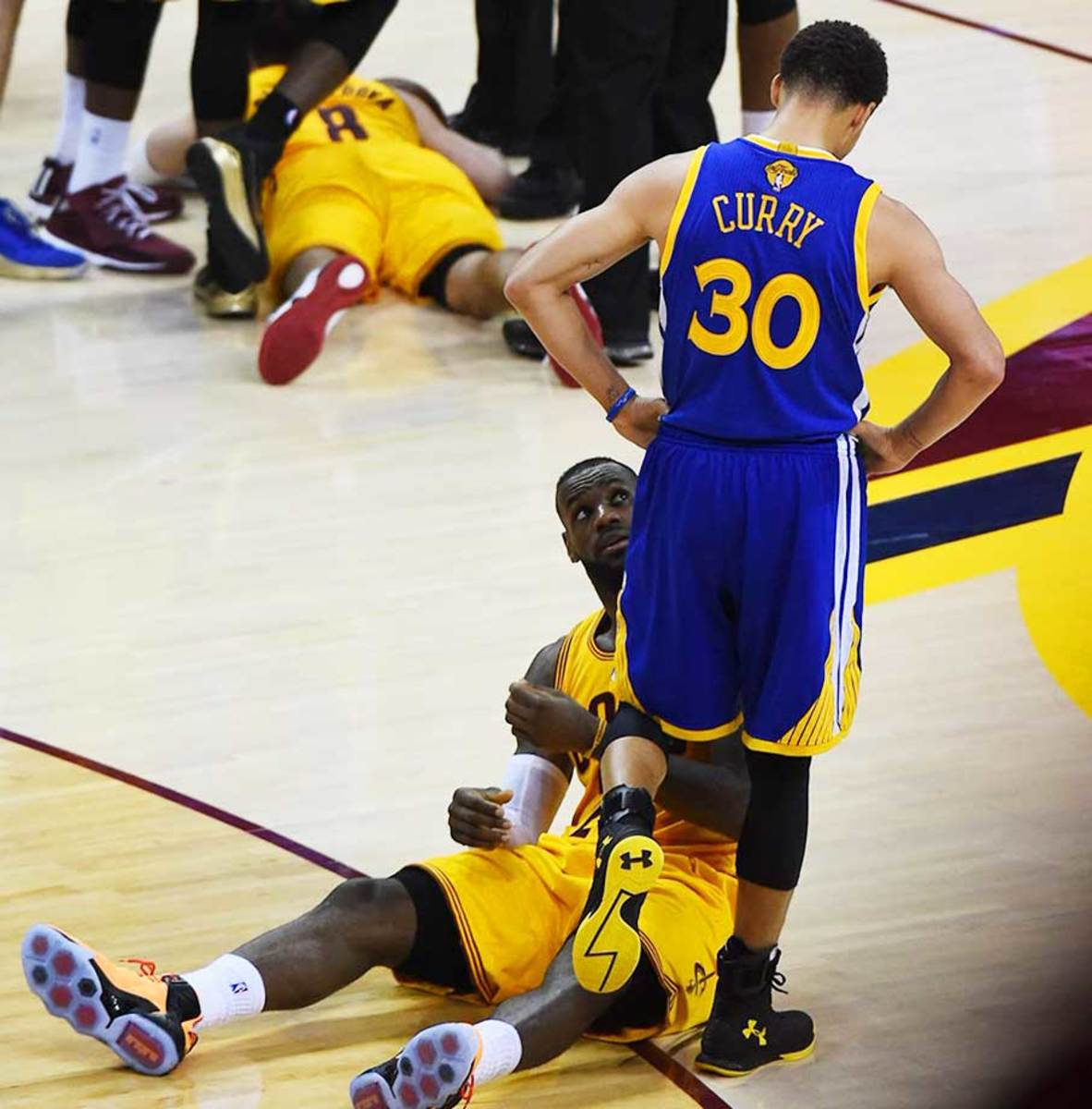
With Steph Curry and LeBron James meeting in the NBA Finals again, we combed through our photo databases for the best shots of the dynamic duo together.
Game 3 of the 2015 NBA Finals
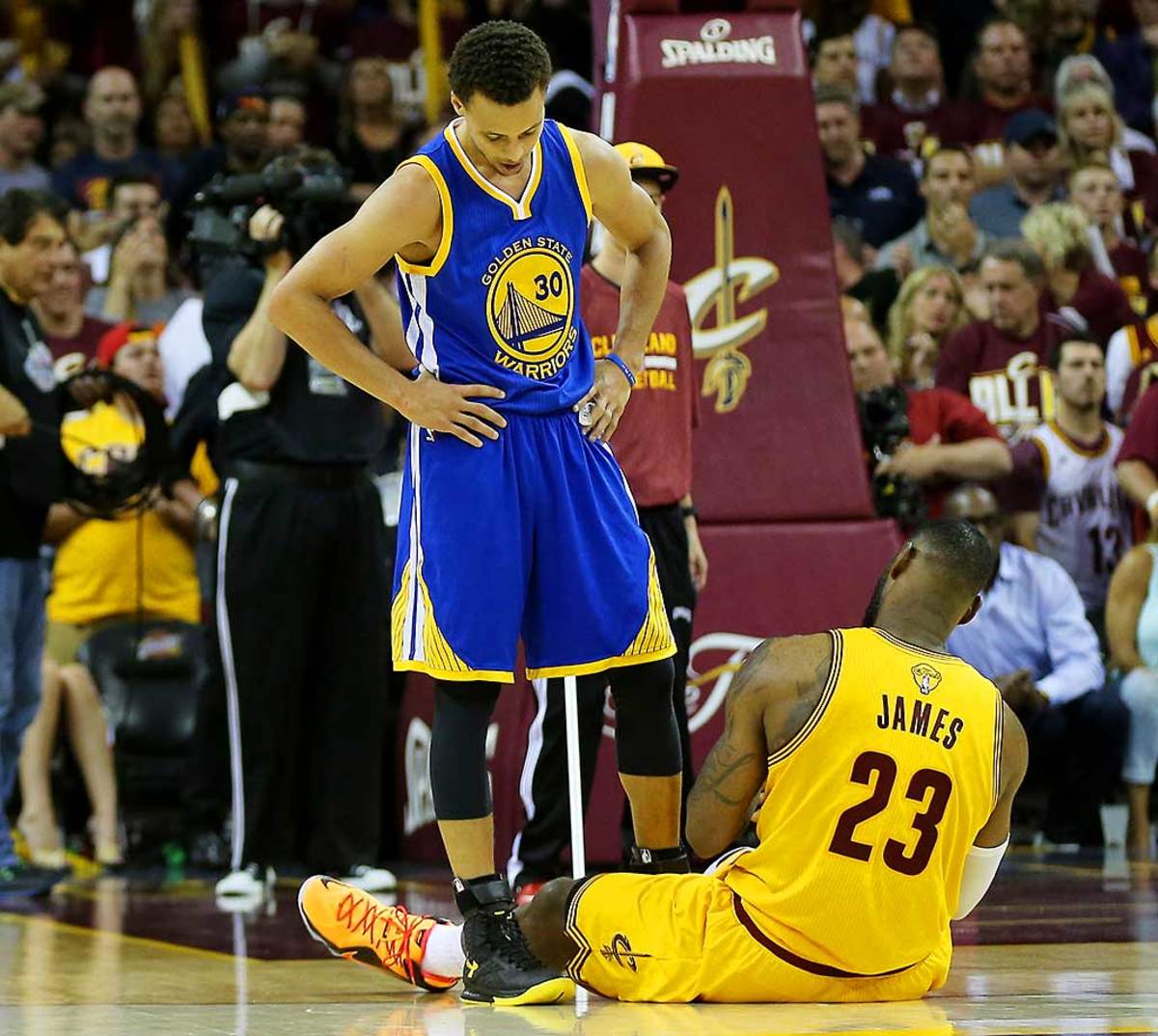
Game 5 of the 2015 NBA Finals
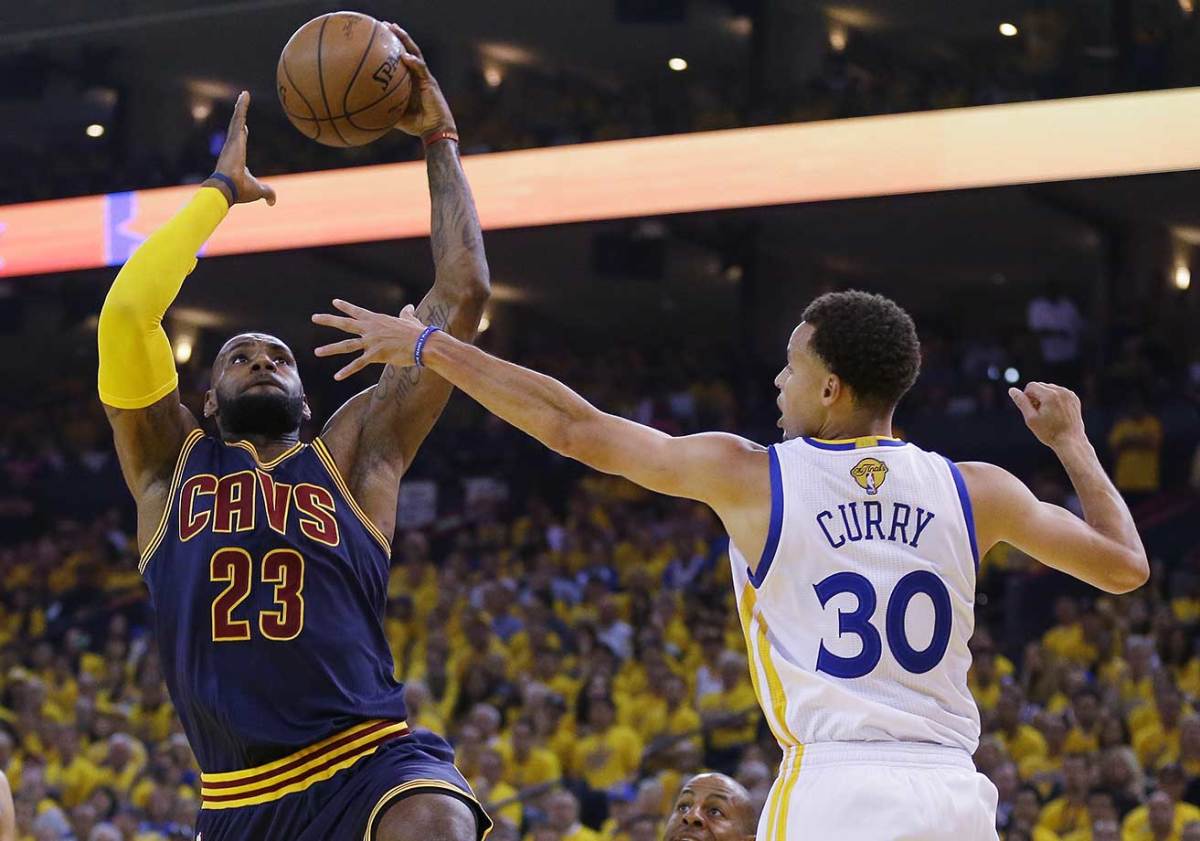
Game 4 of the 2015 NBA Finals
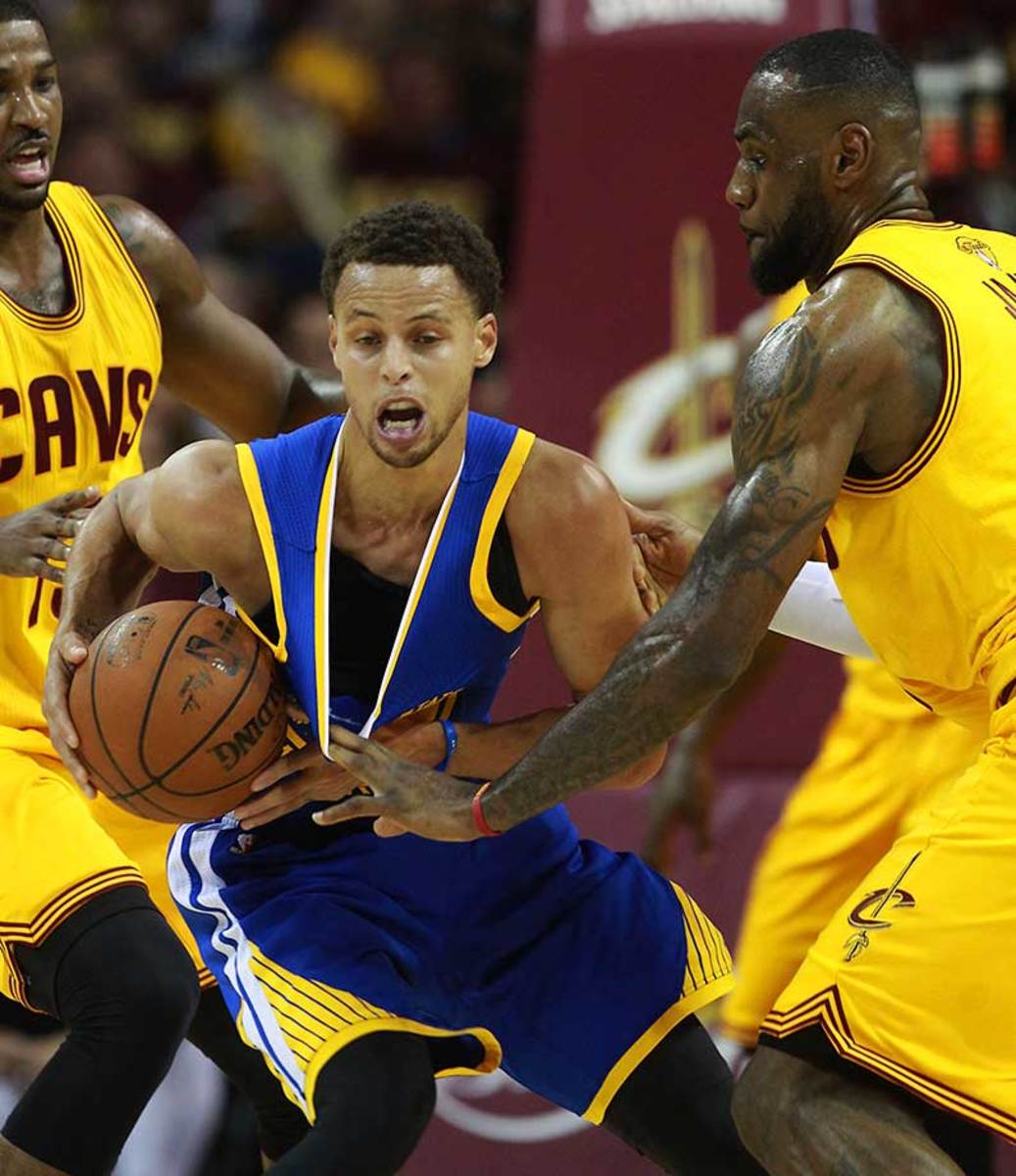
Game 5 of the 2015 NBA Finals
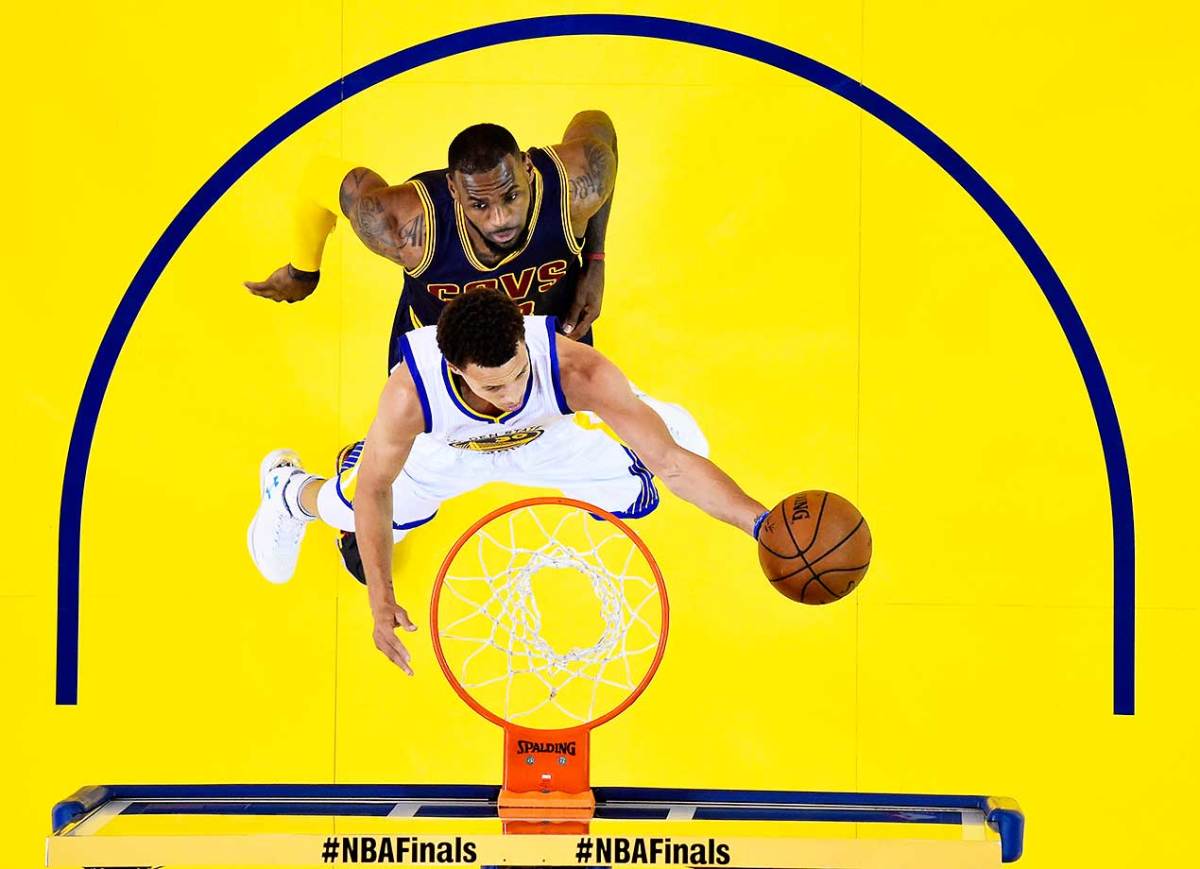
Game 1 of the 2015 NBA Finals
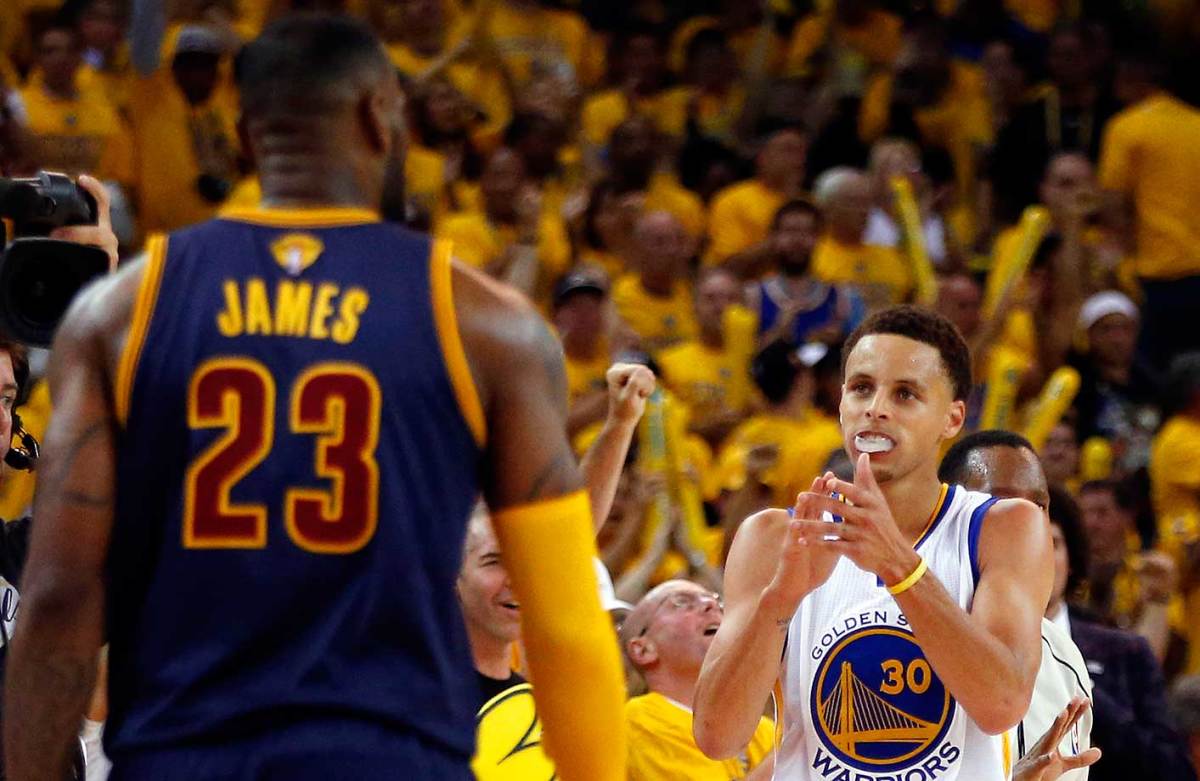
Game 2 of the 2015 NBA Finals
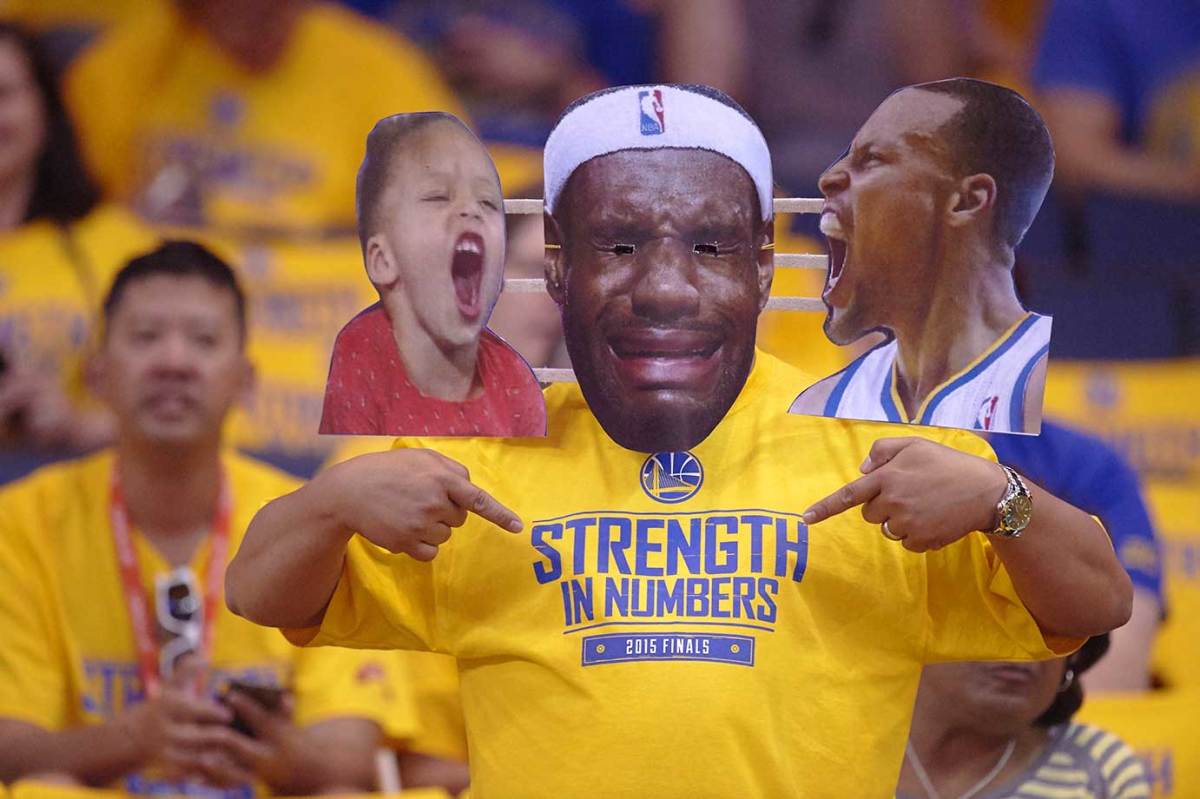
Game 1 of the 2015 NBA Finals
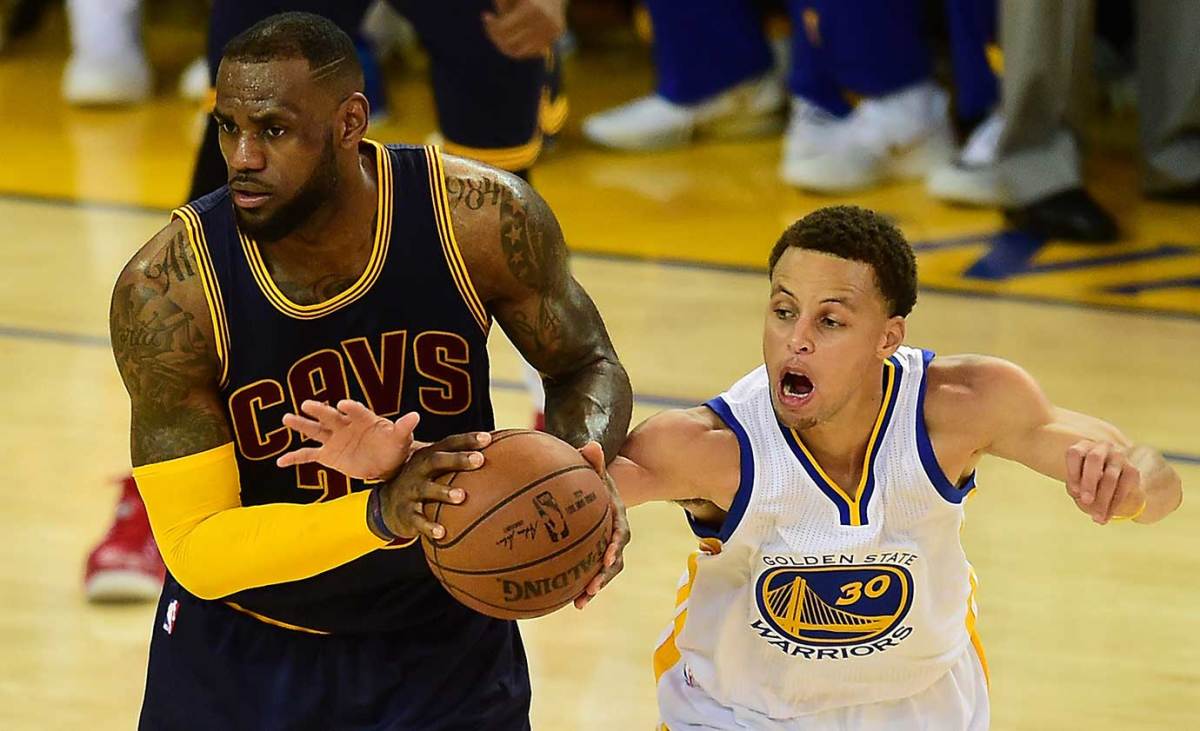
Game 4 of the 2015 NBA Finals
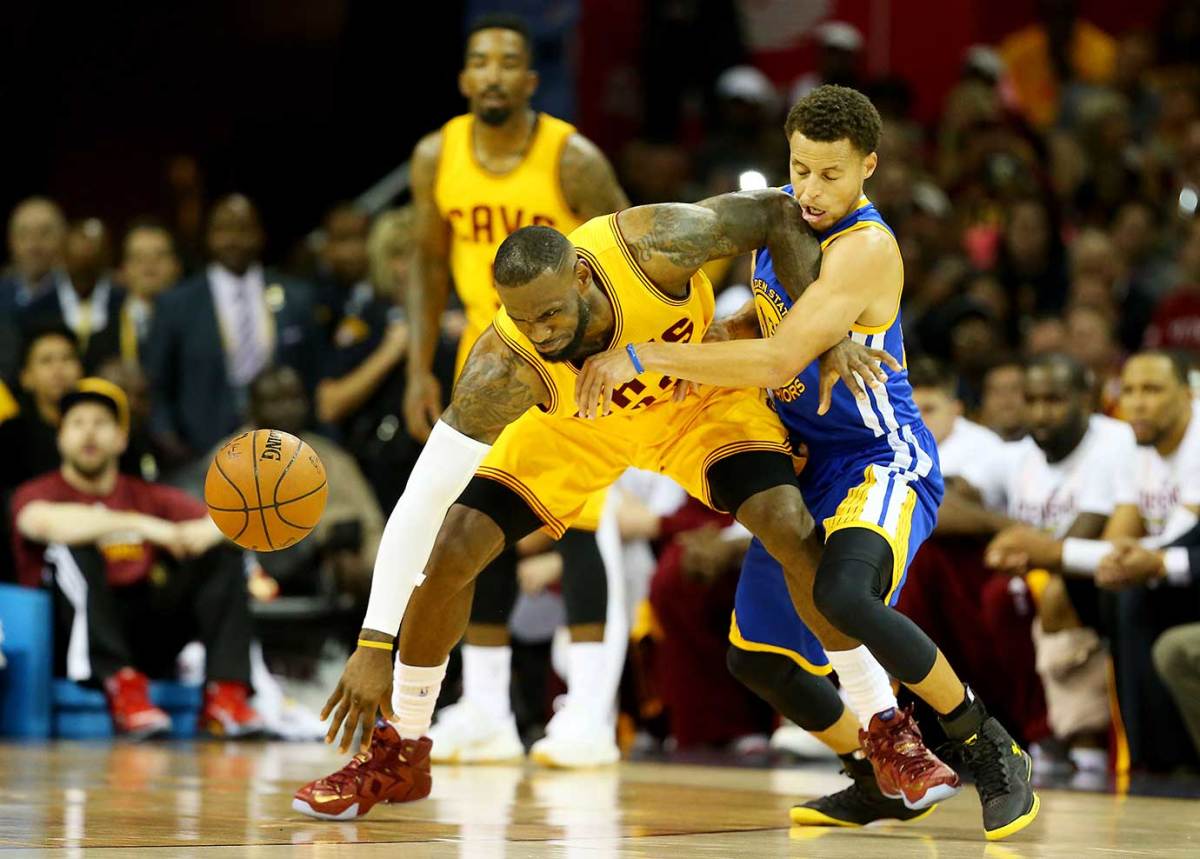
Game 4 of the 2015 NBA Finals
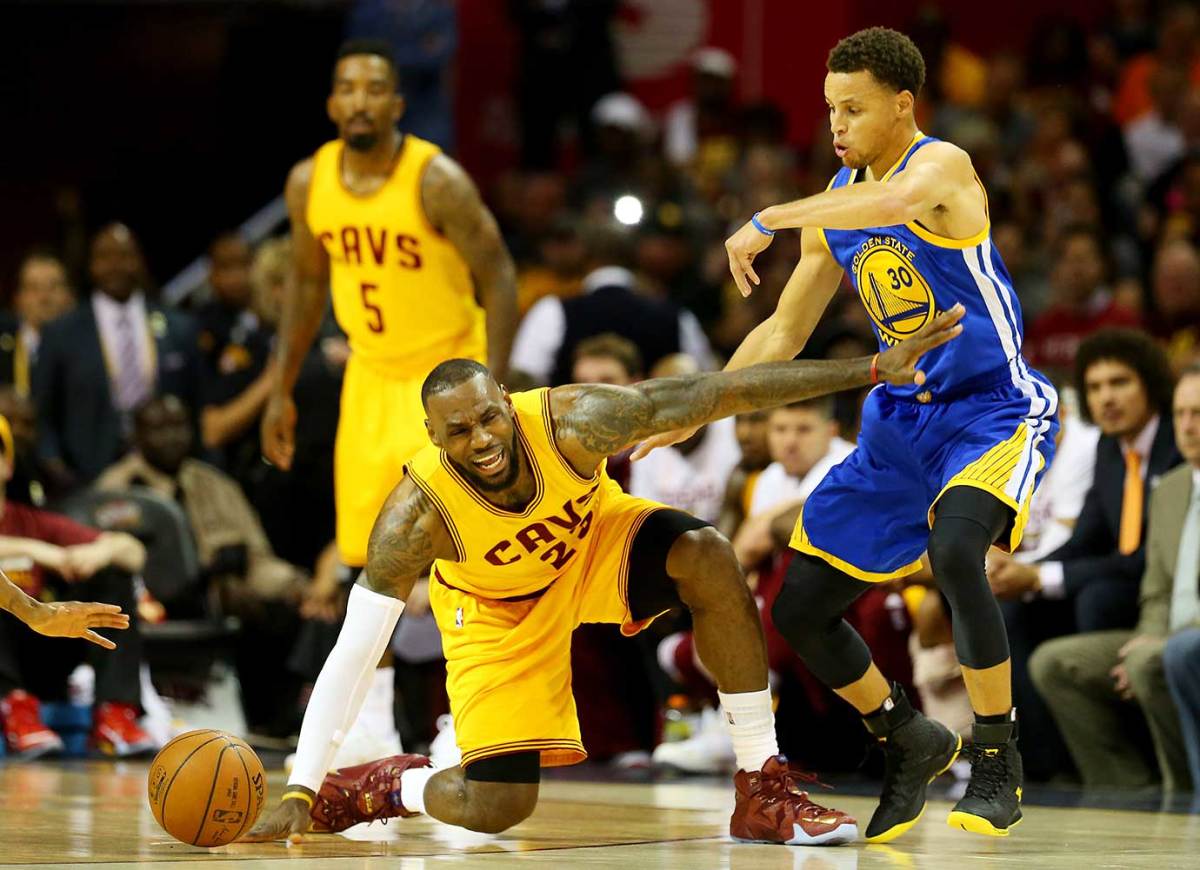
Game 5 of the 2015 NBA Finals
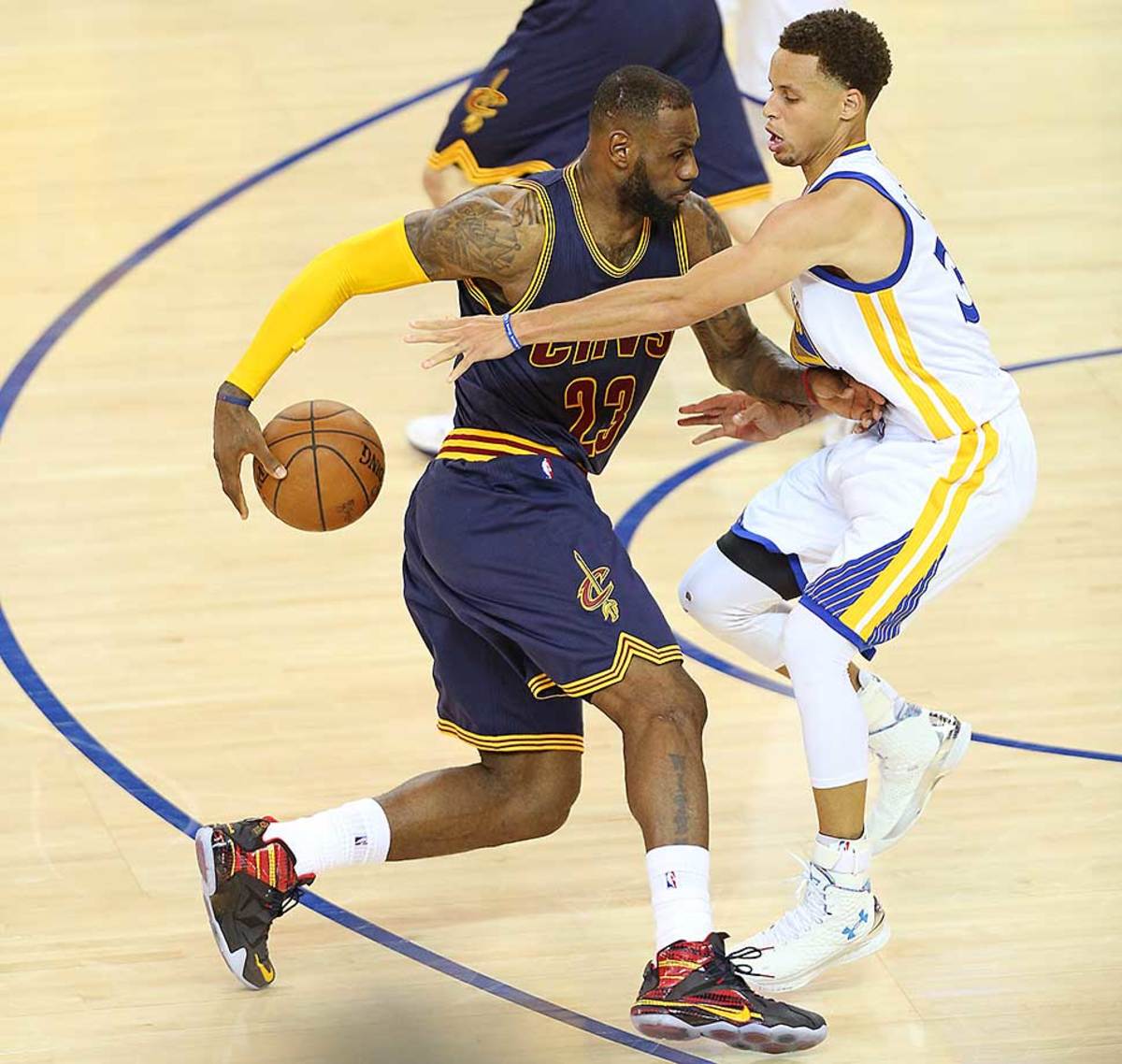
January 18, 2016
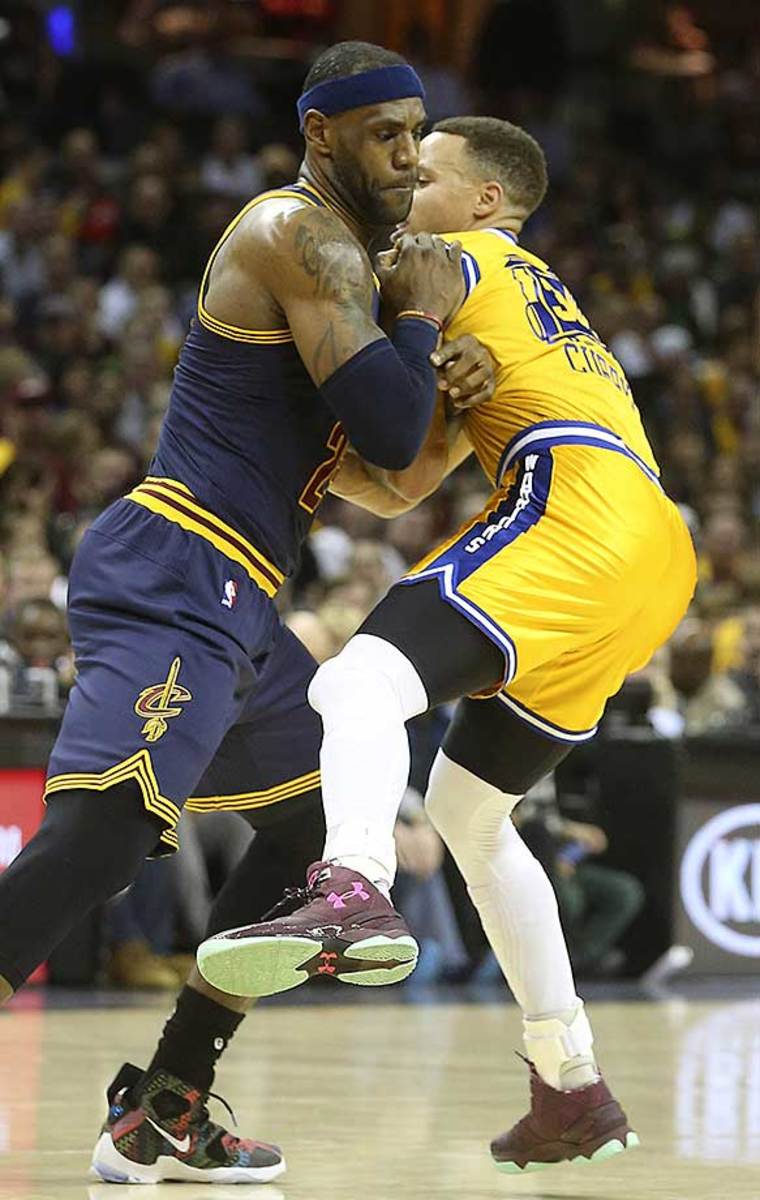
Game 3 of the 2015 NBA Finals
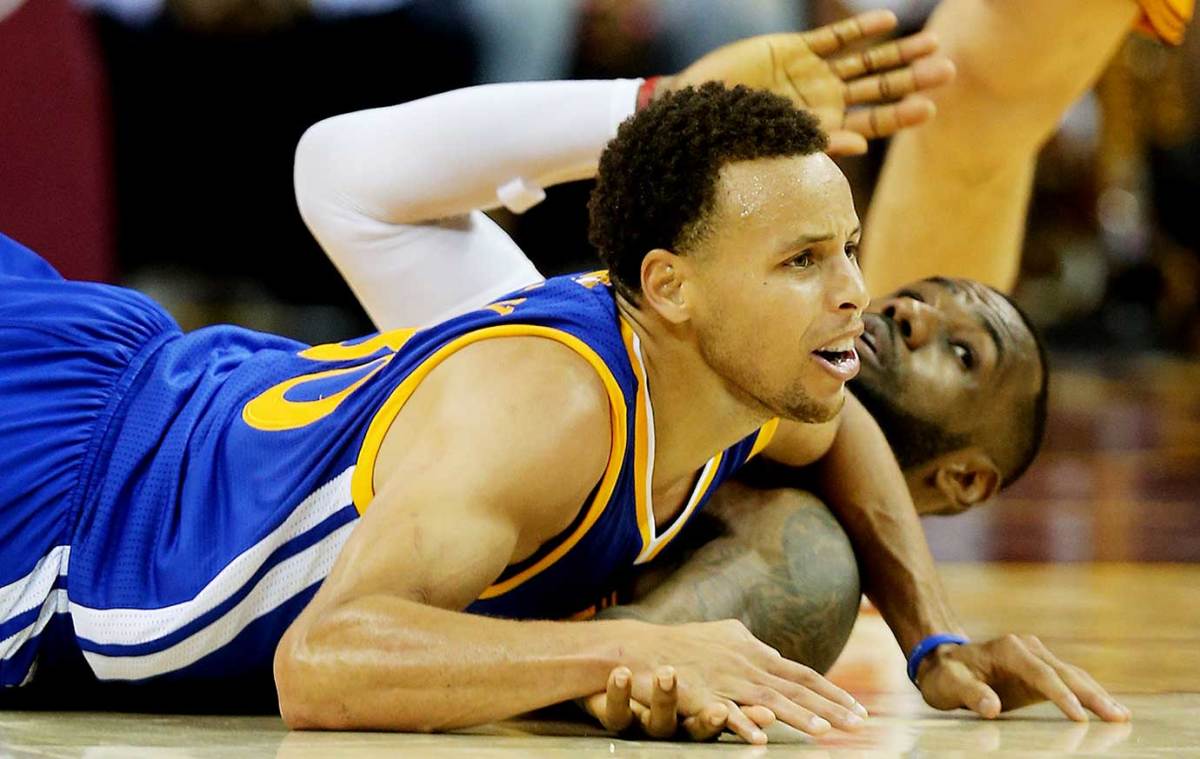
Game 2 of the 2015 NBA Finals
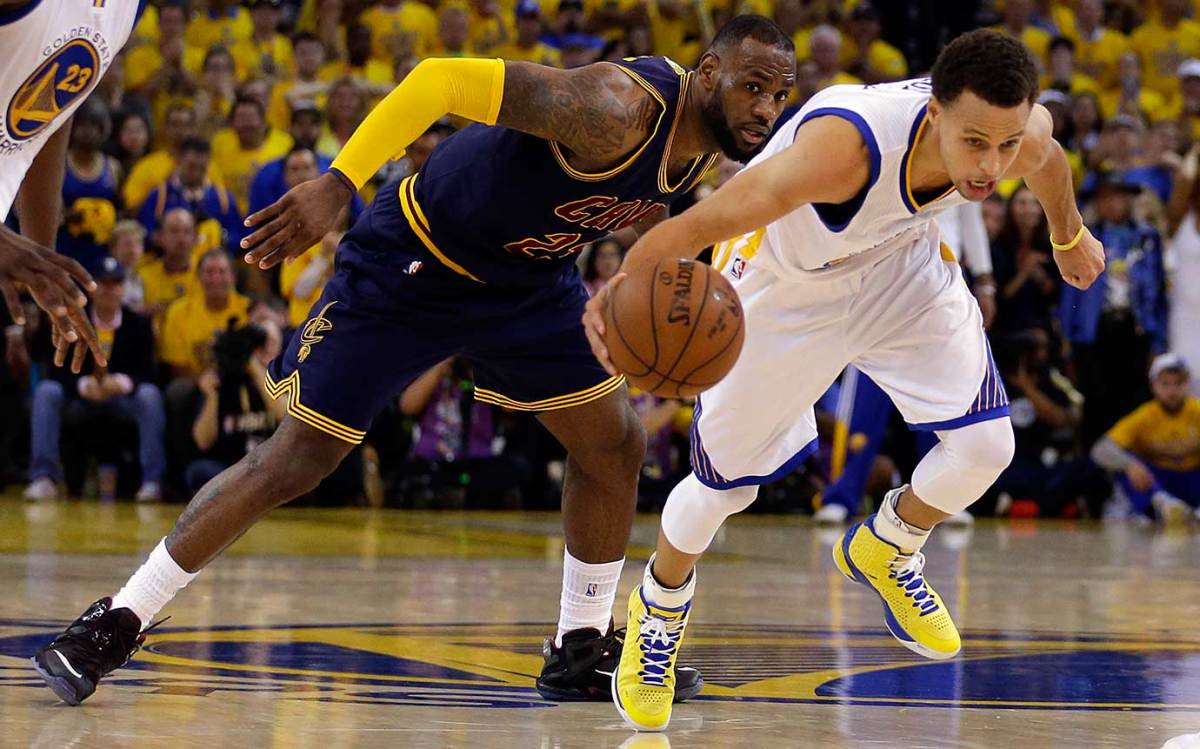
Game 2 of the 2015 NBA Finals
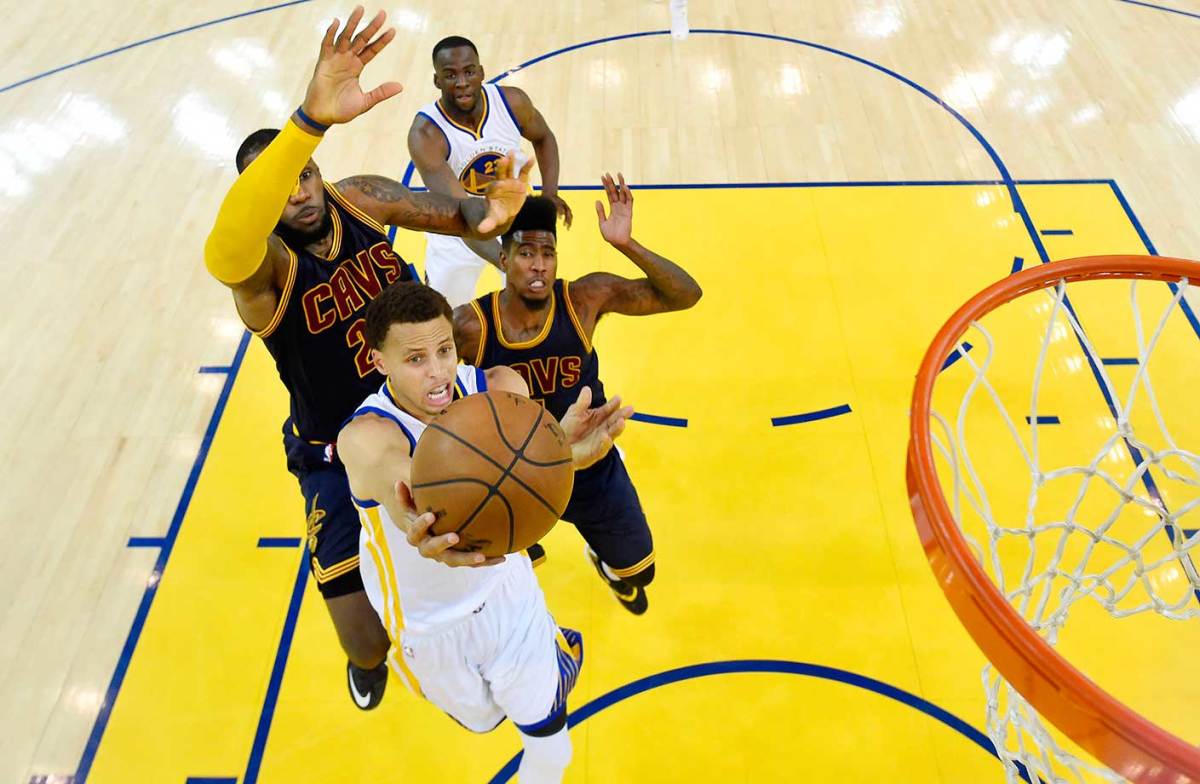
Game 4 of the 2015 NBA Finals
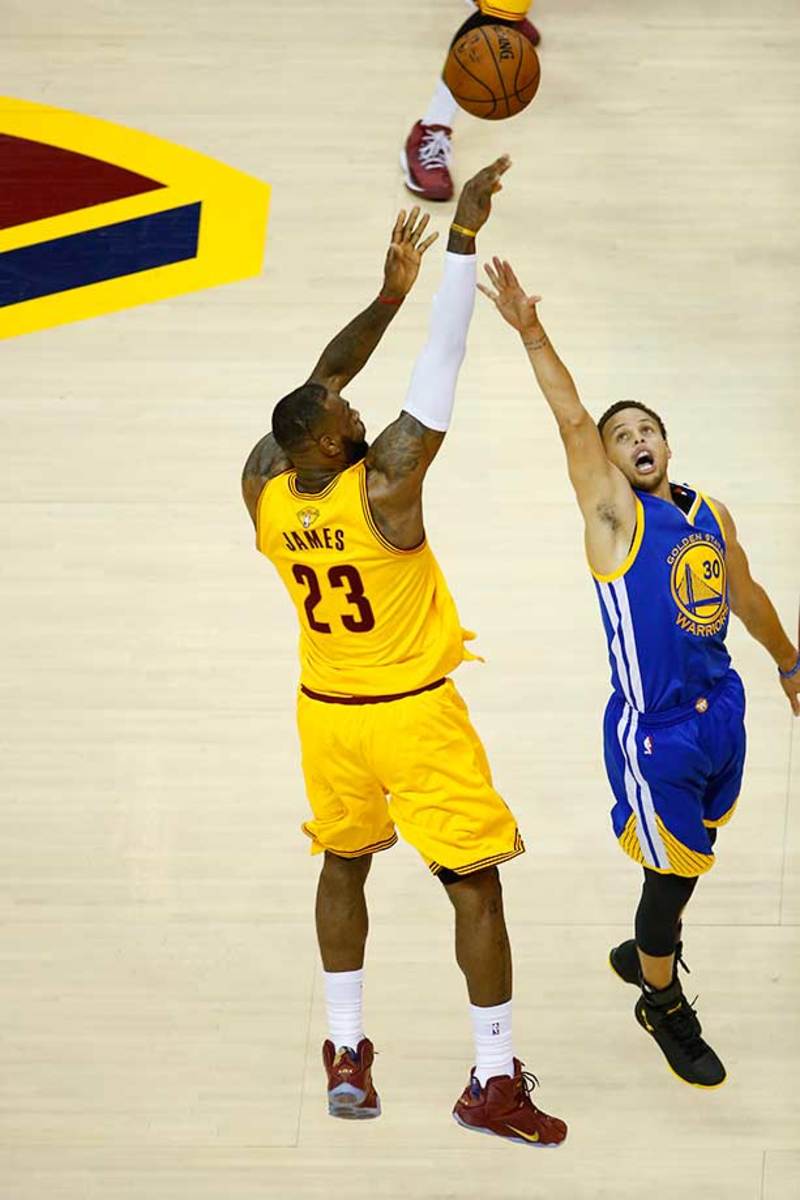
Game 1 of the 2015 NBA Finals
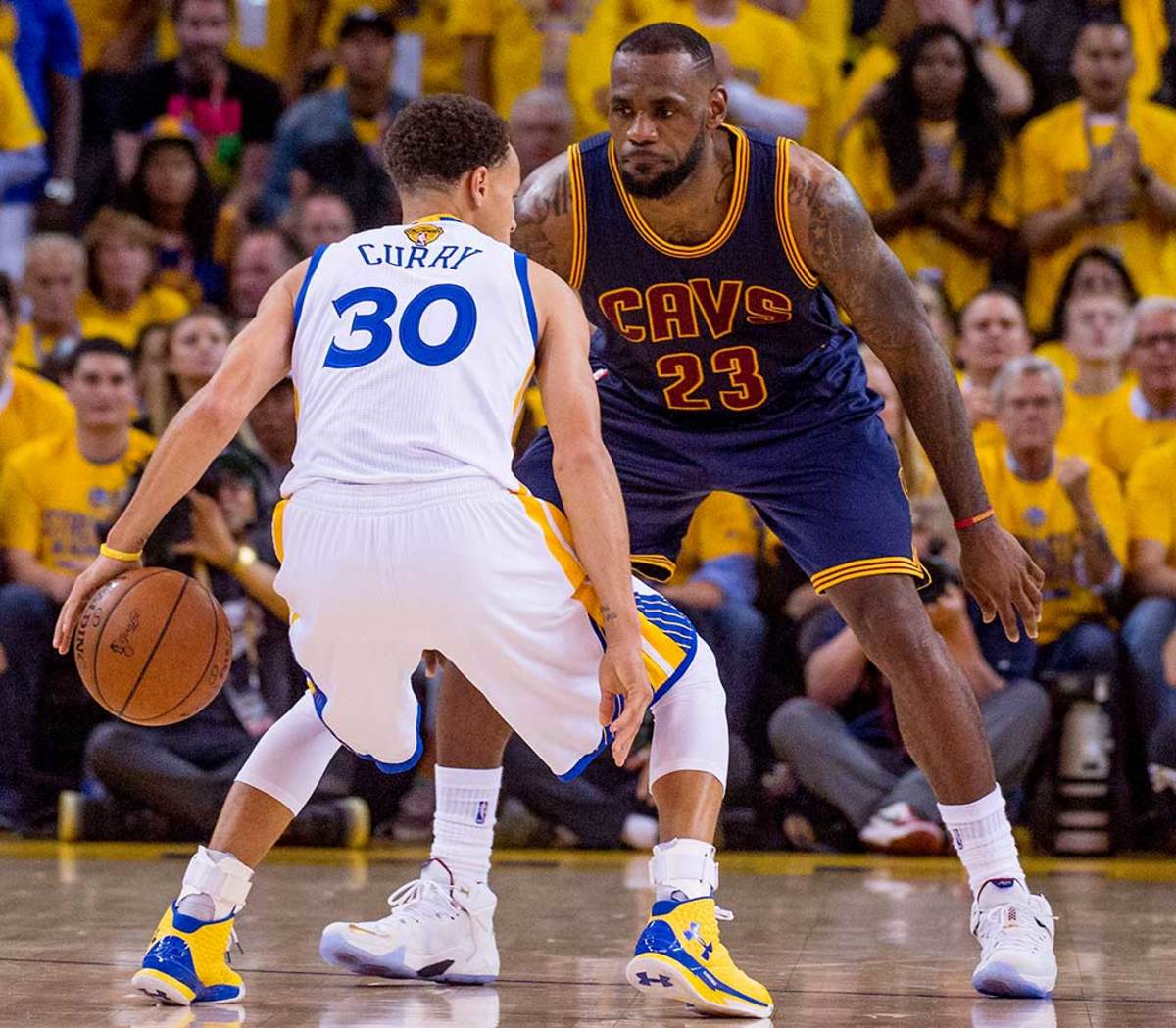
Game 2 of the 2015 NBA Finals
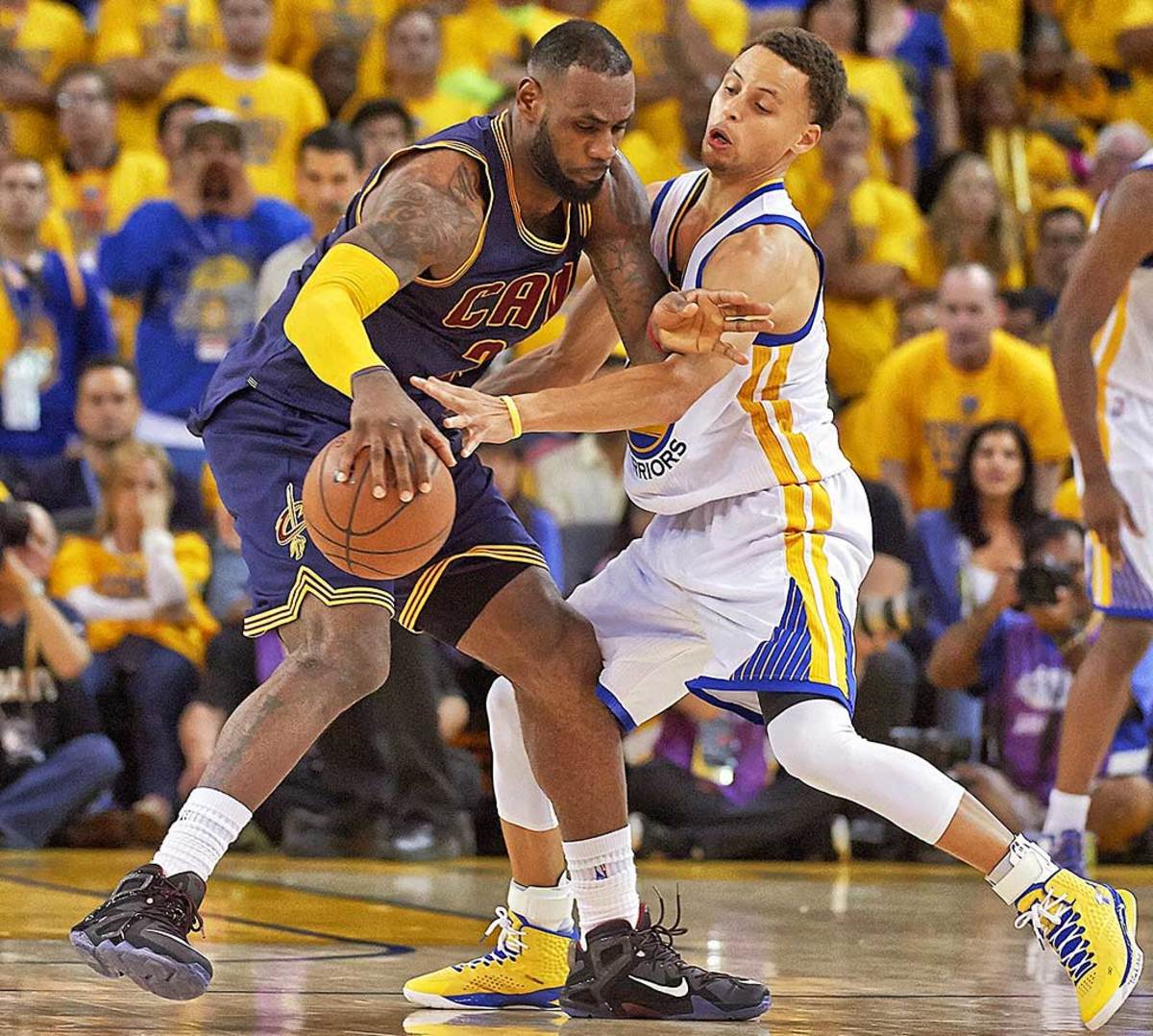
Game 4 of the 2015 NBA Finals
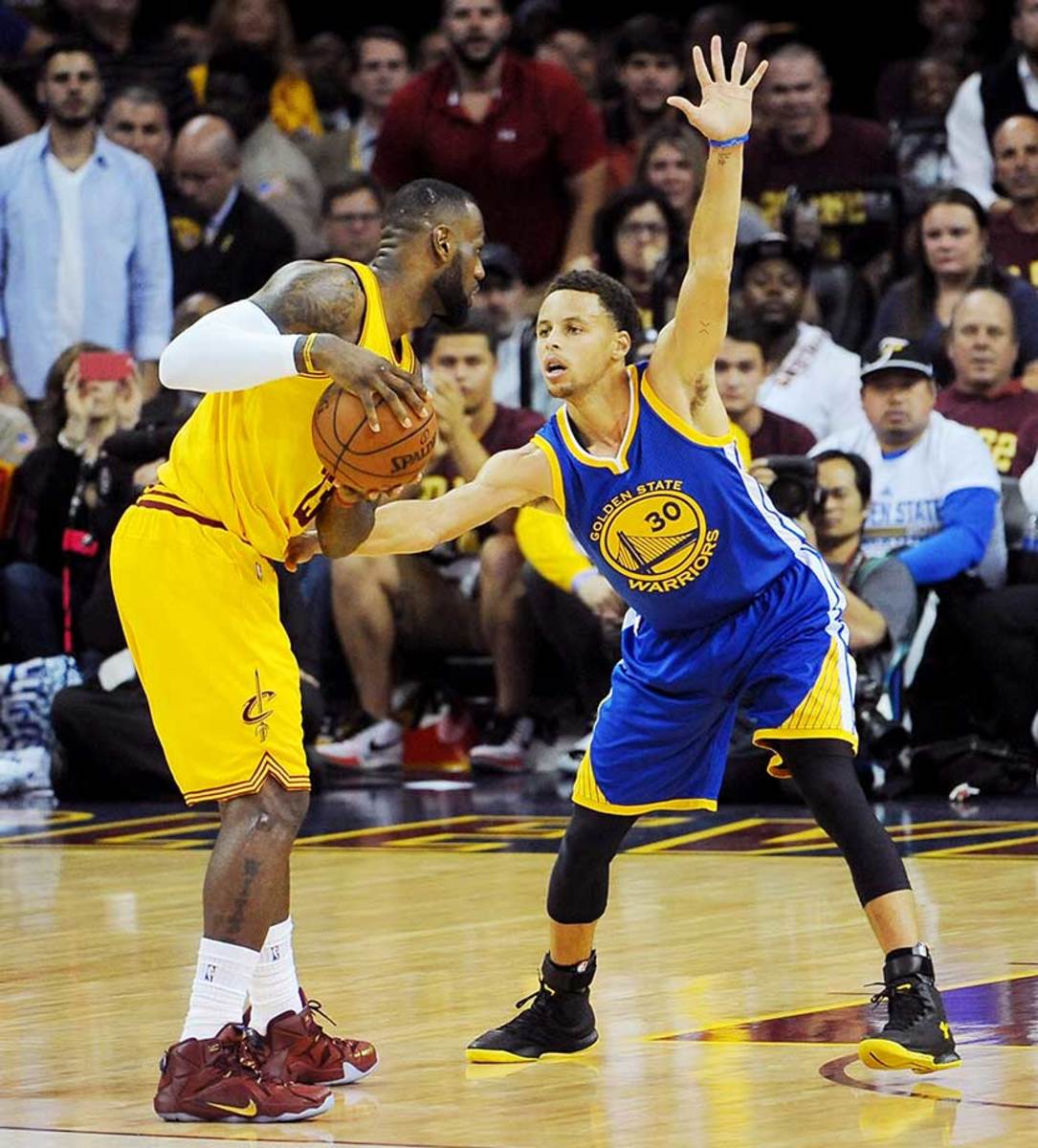
Game 2 of the 2015 NBA Finals
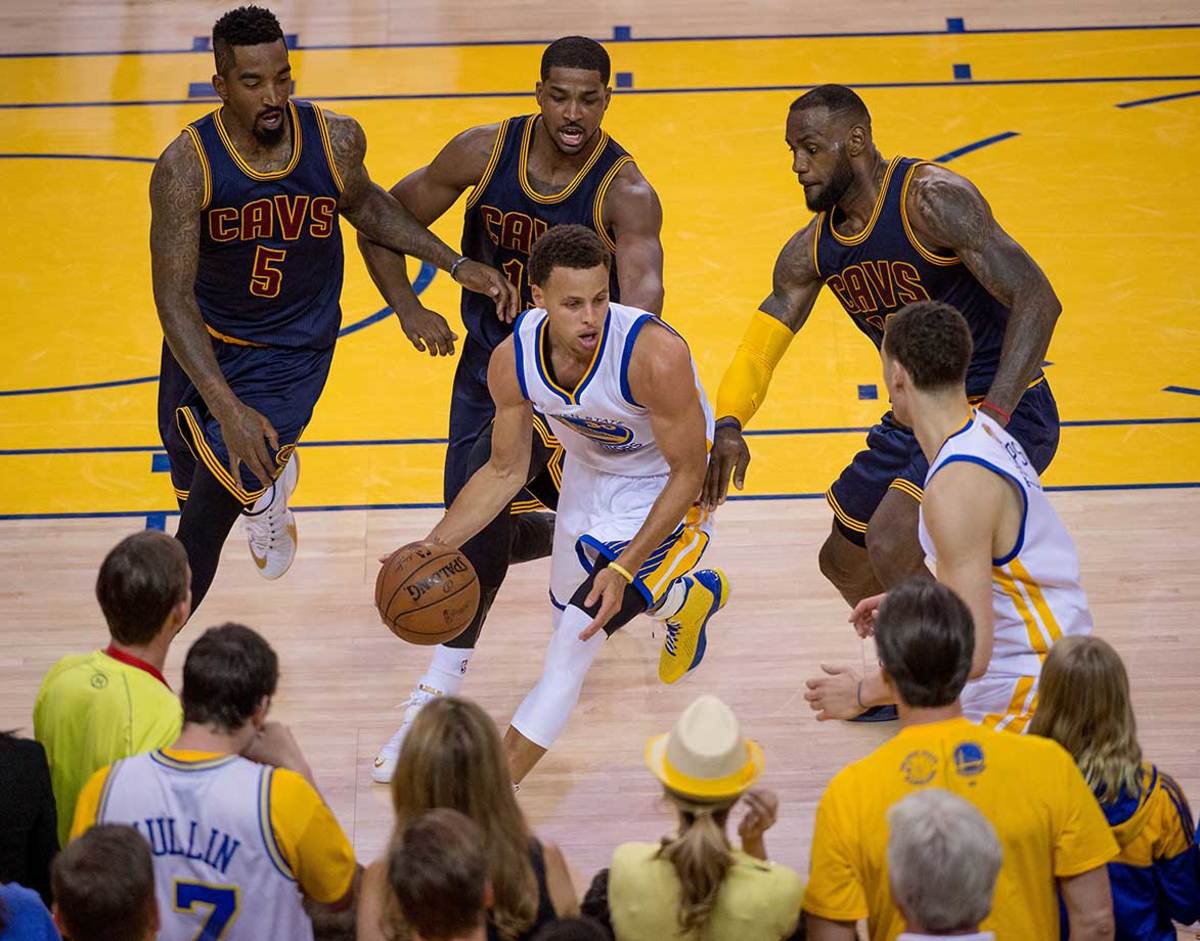
February 12, 2014
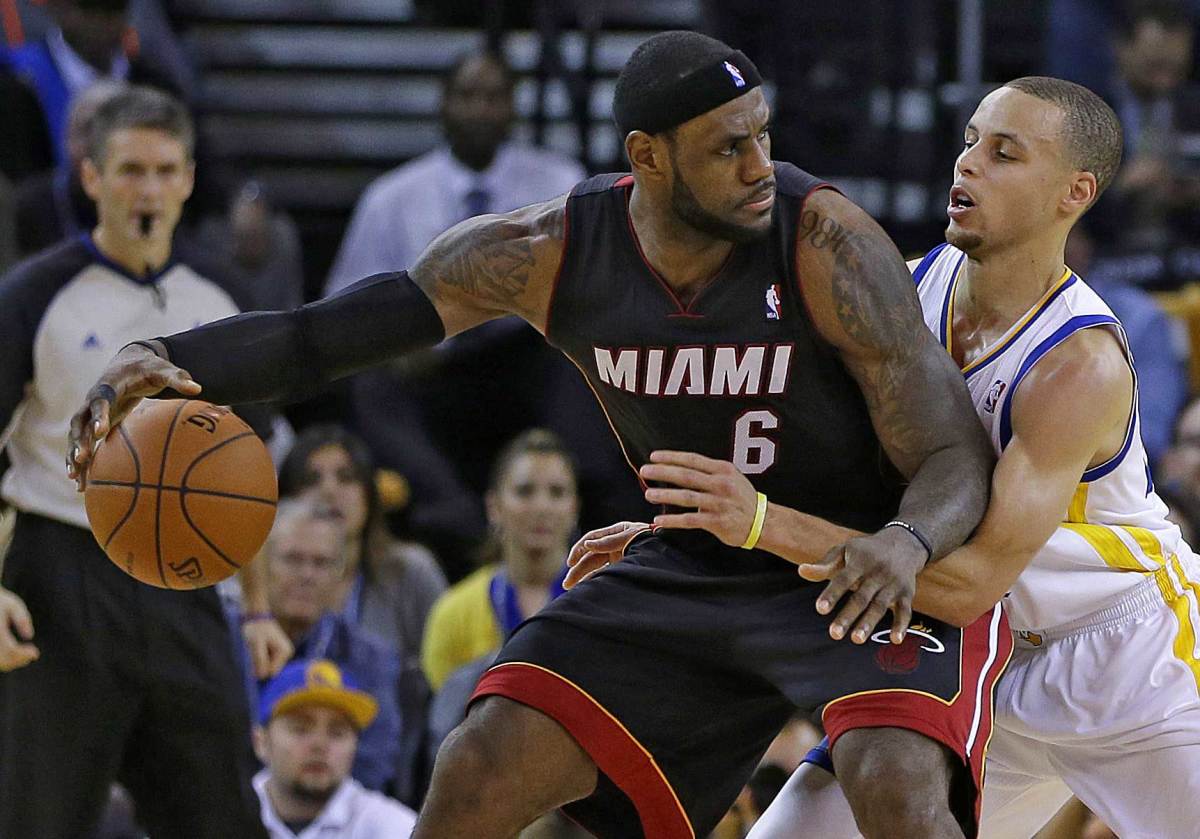
January 18, 2016
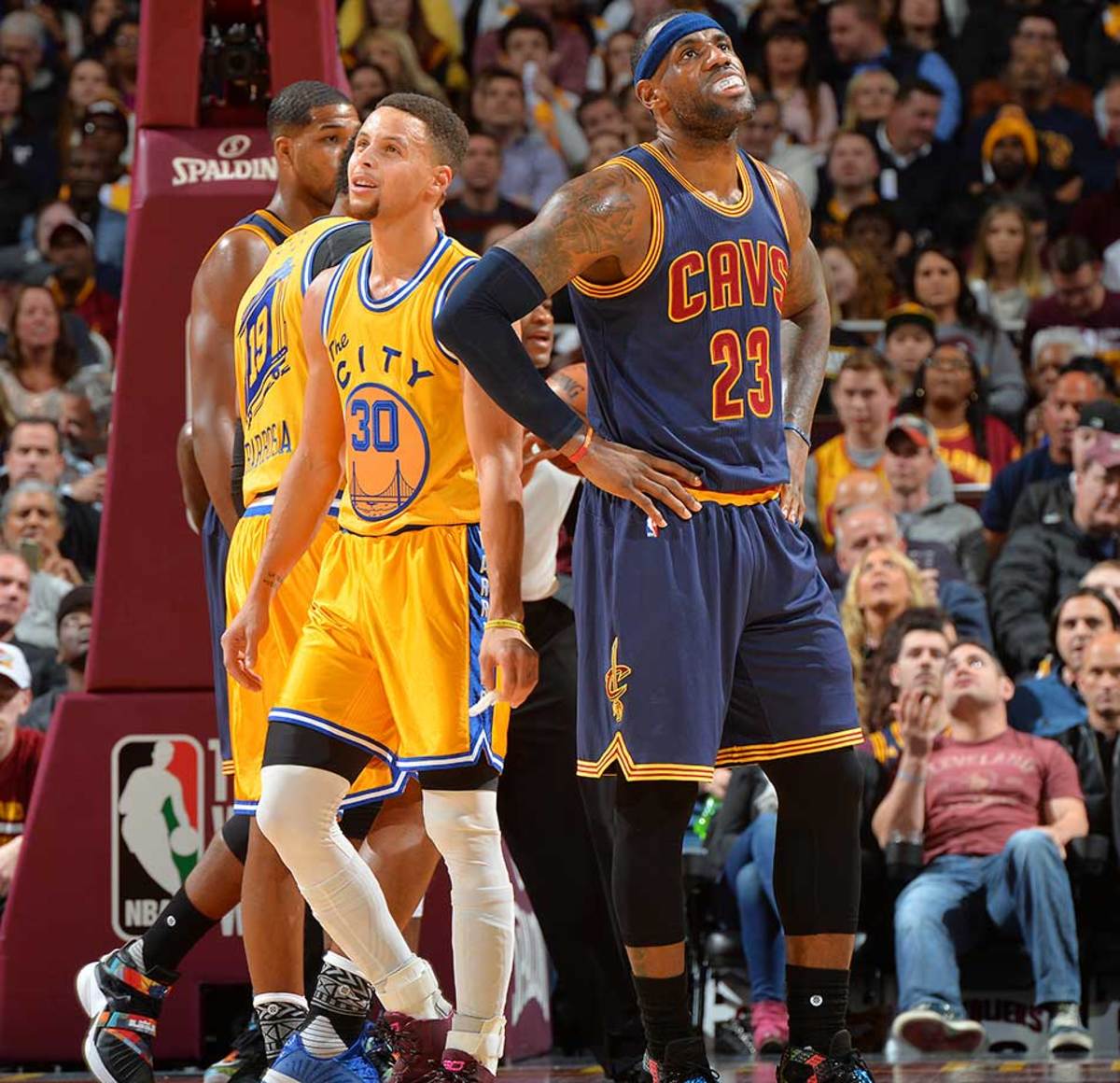
February 15, 2015
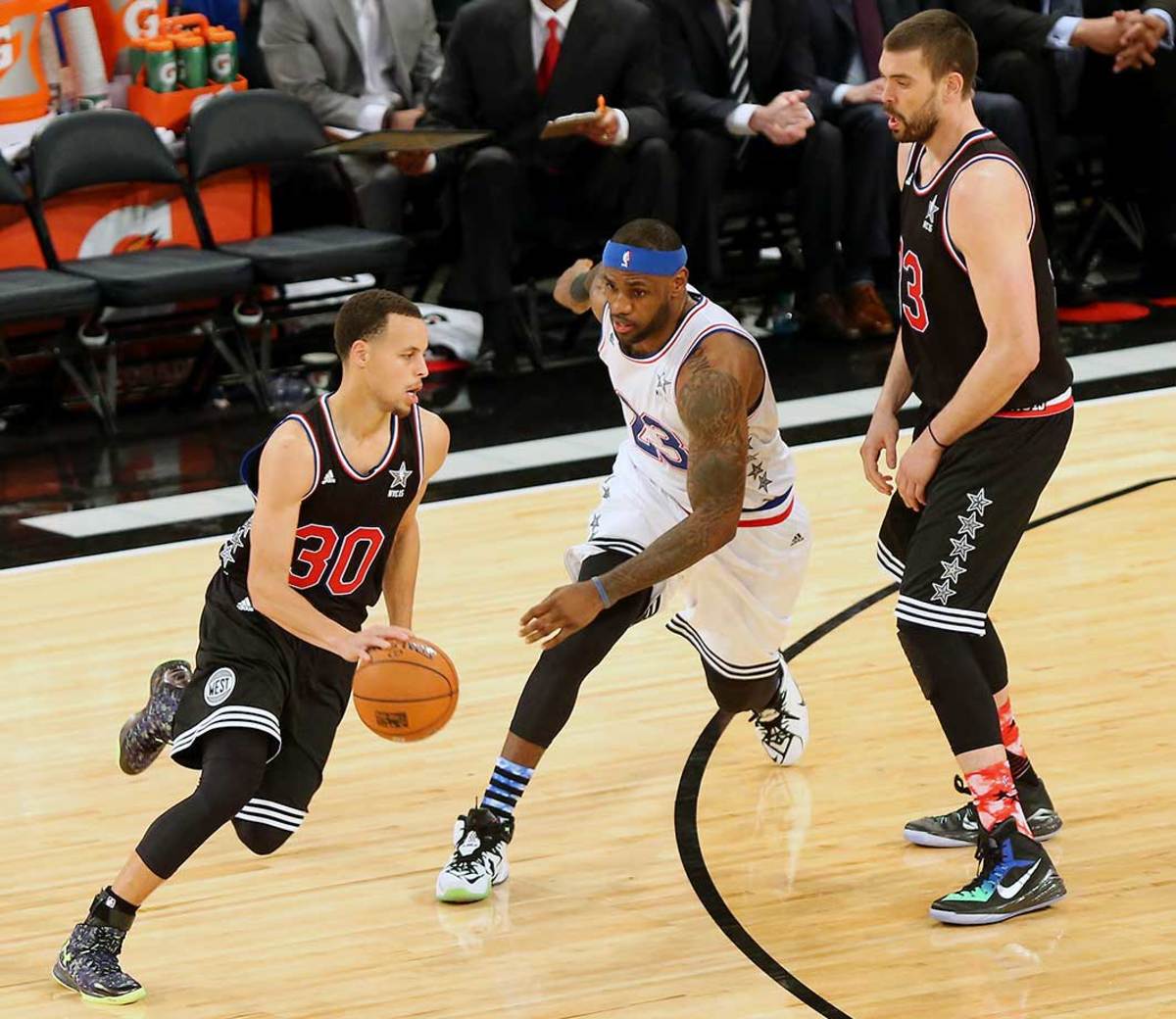
December 25, 2015
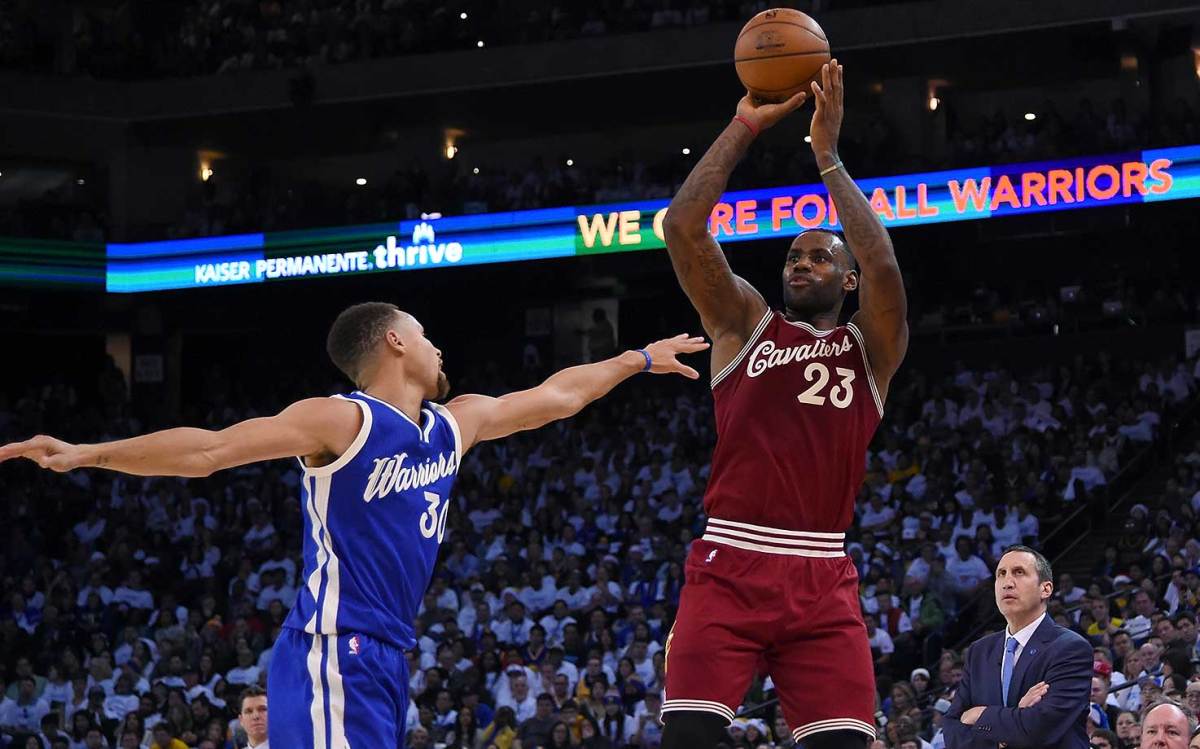
Game 5 of the 2015 NBA Finals
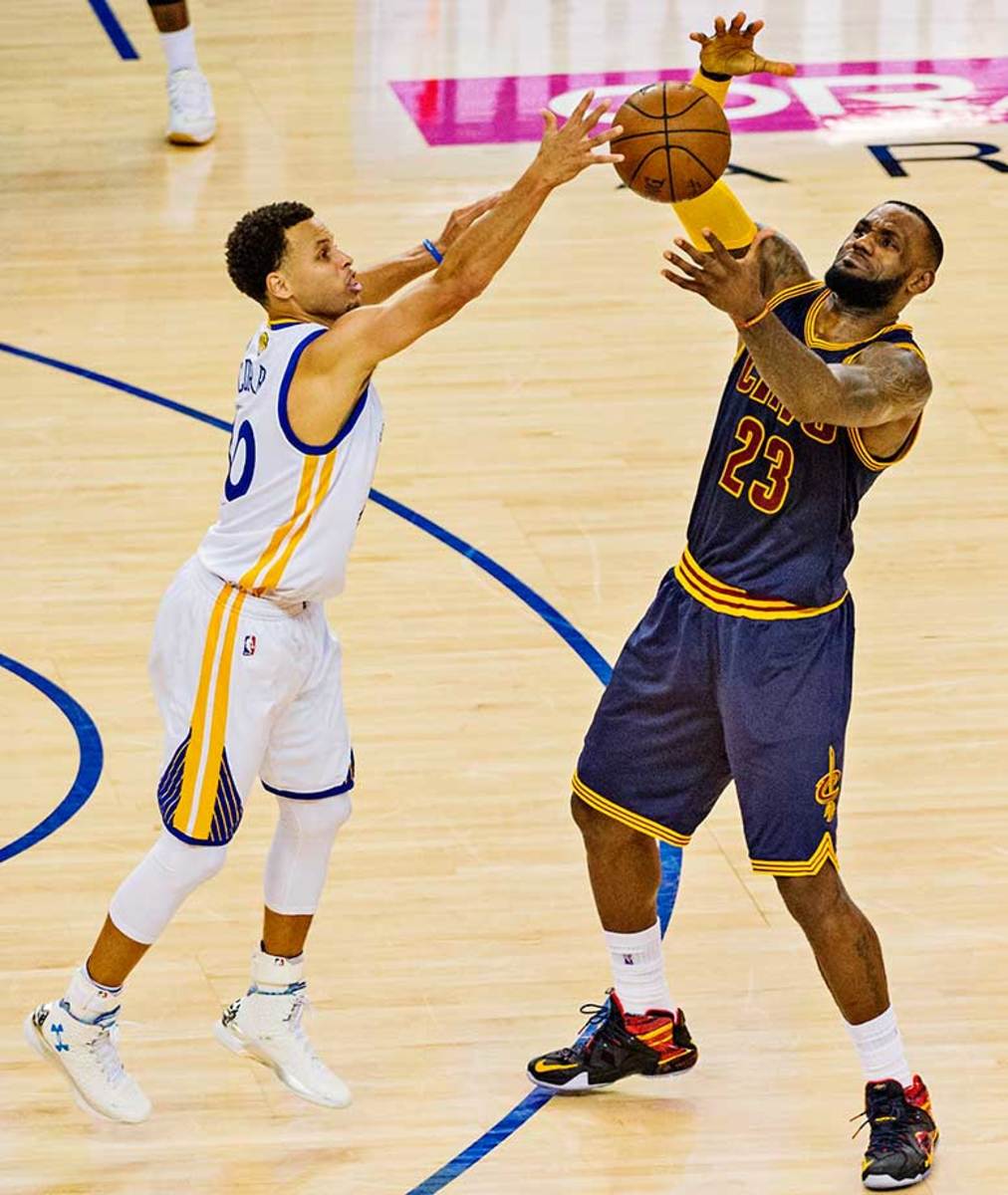
Game 4 of the 2015 NBA Finals
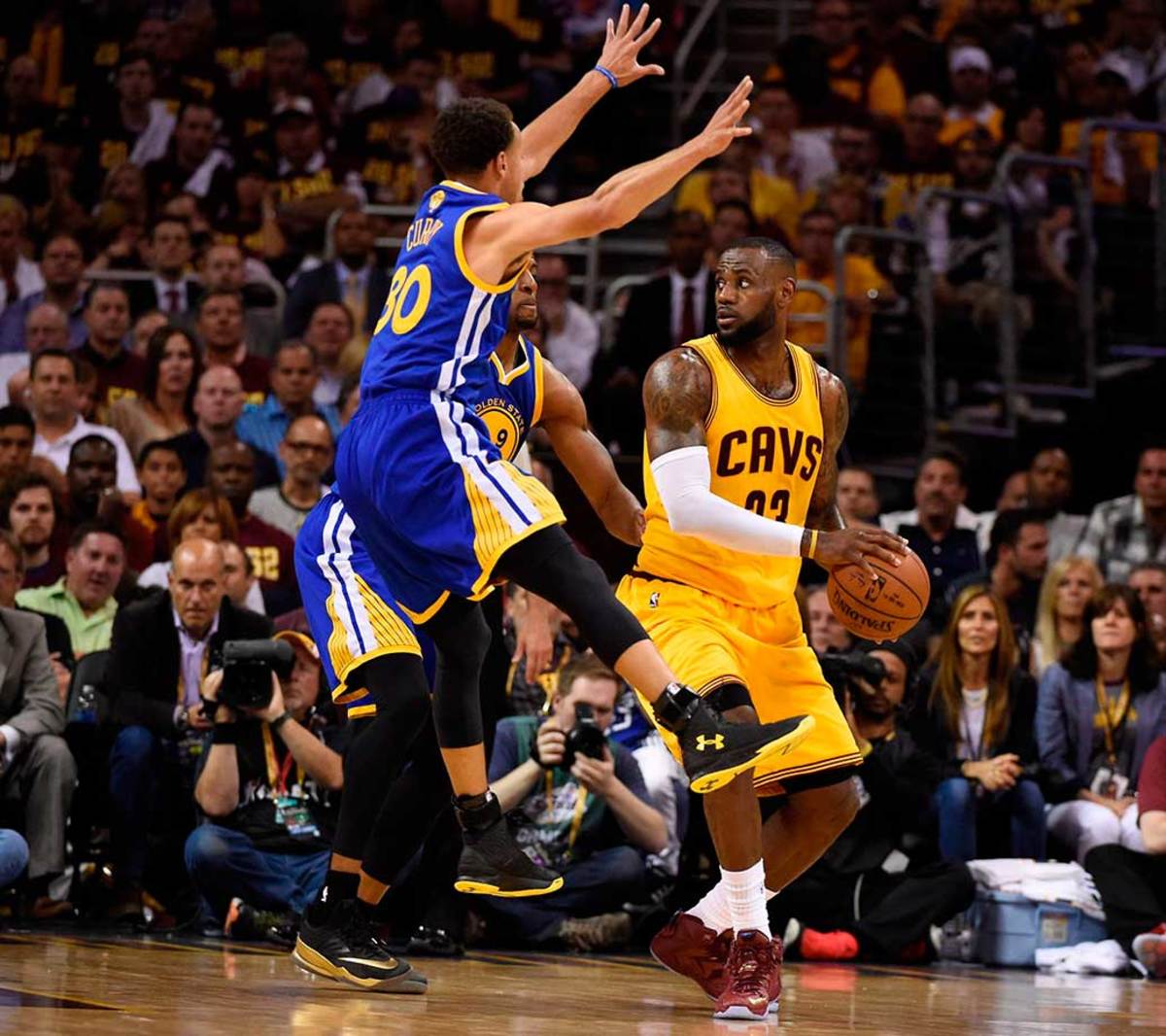
Game 5 of the 2015 NBA Finals
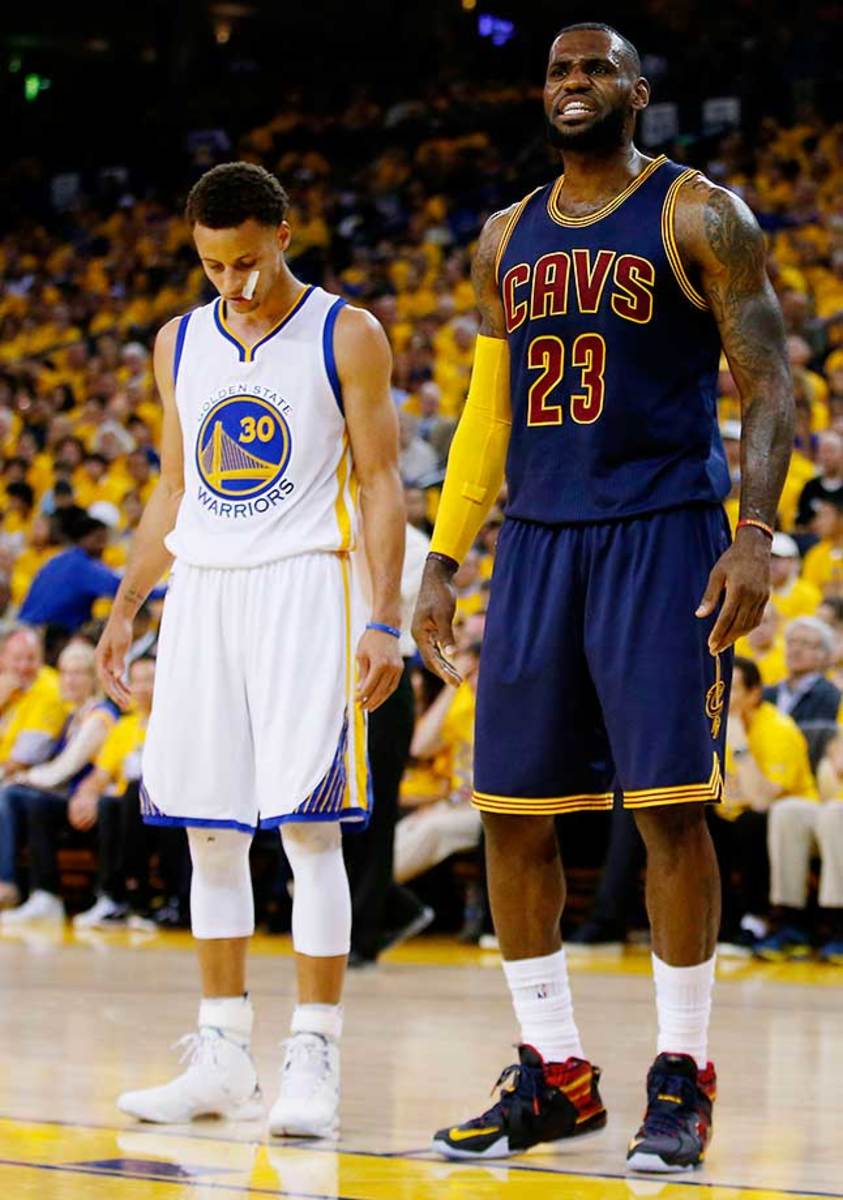
January 11, 2010
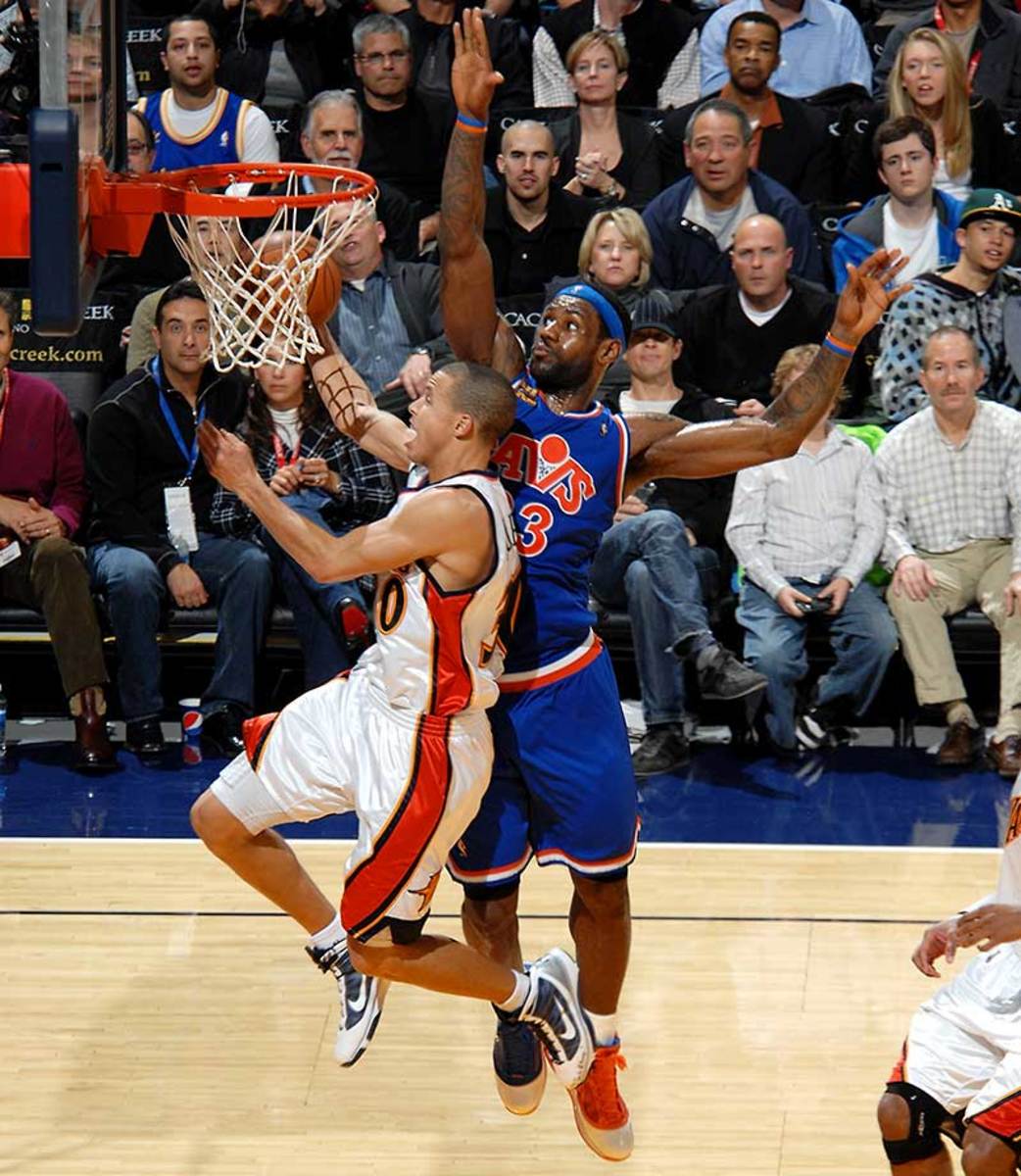
Game 2 of the 2015 NBA Finals
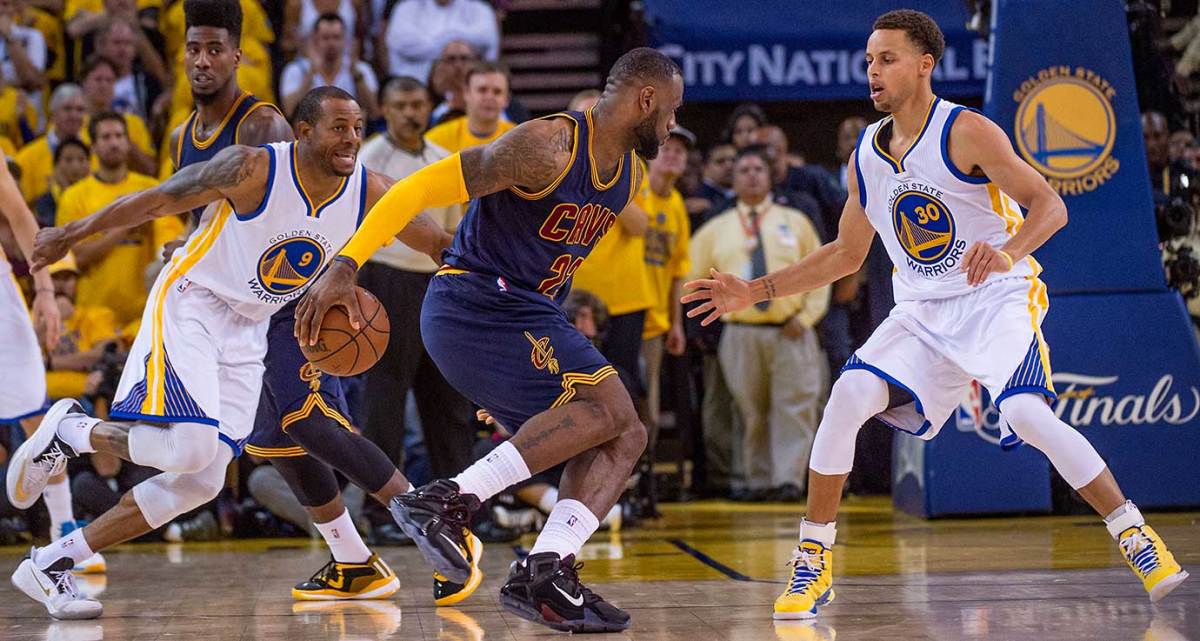
Game 5 of the 2015 NBA Finals
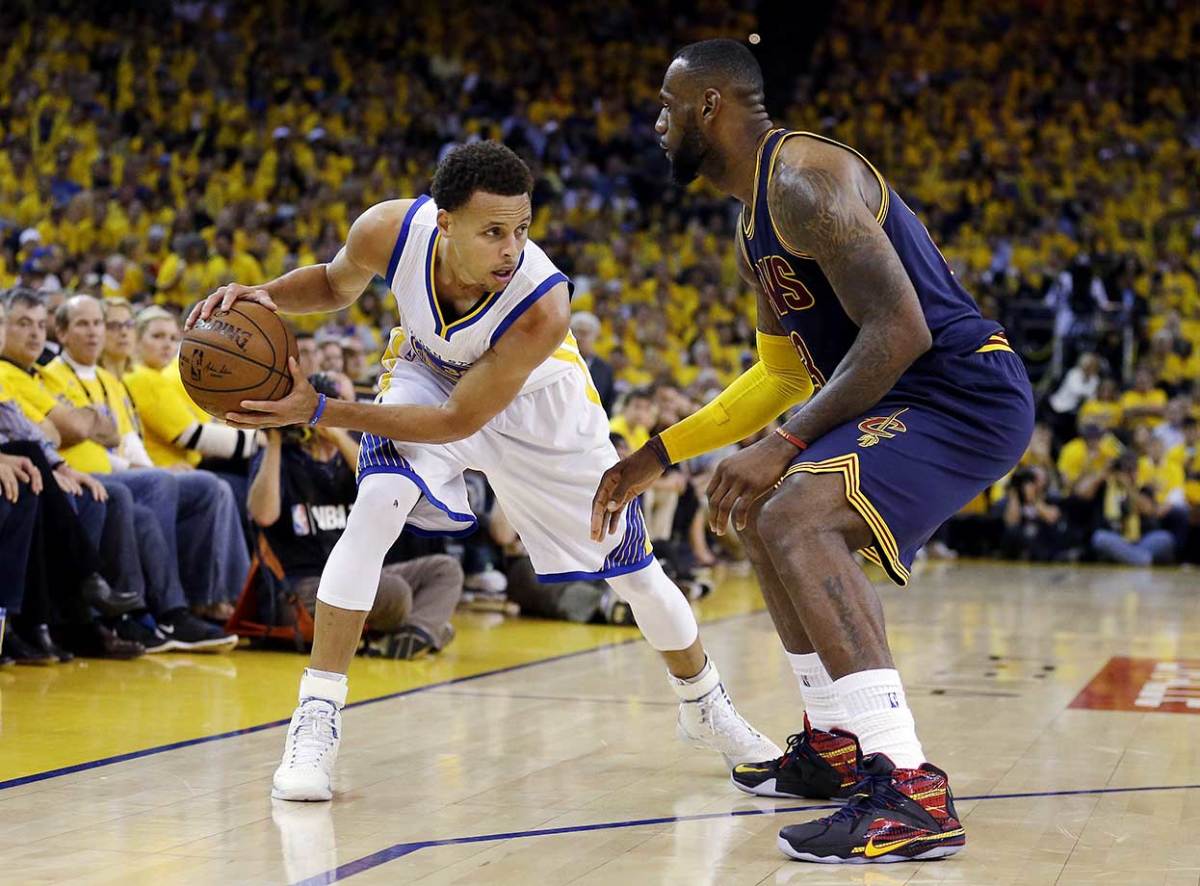
Game 6 of the 2015 NBA Finals
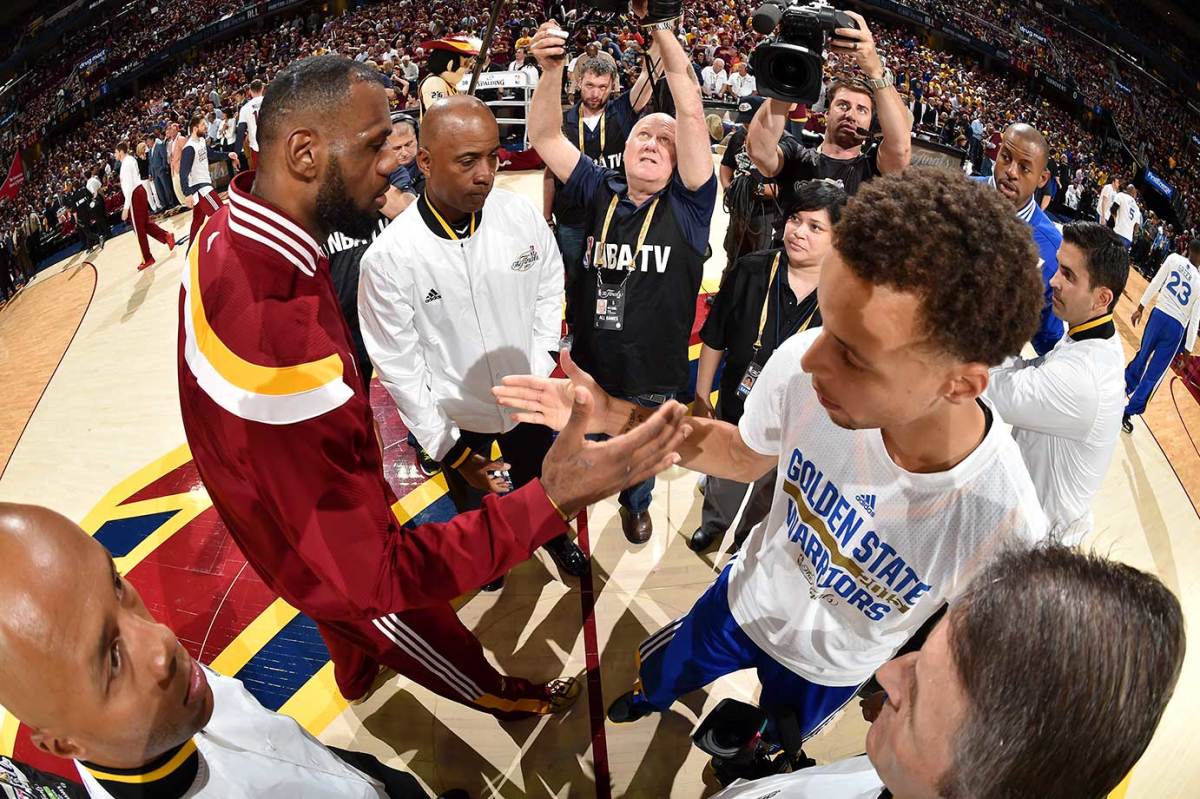
Game 6 of the 2015 NBA Finals
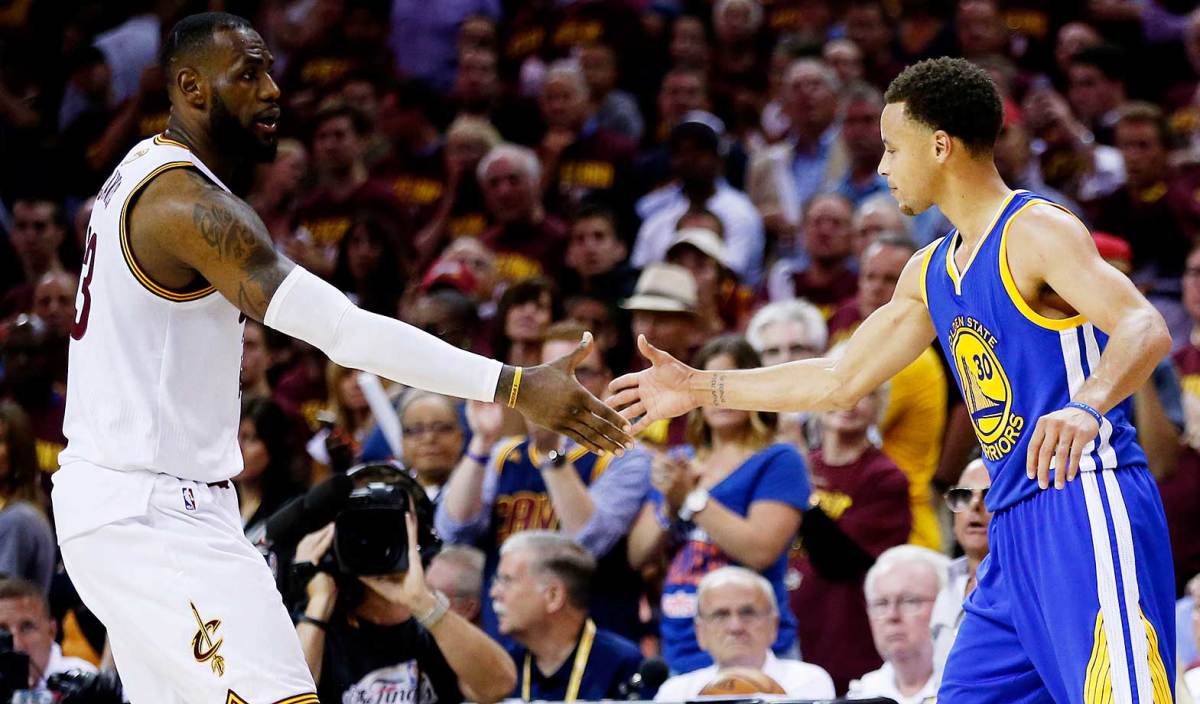
Roland Beech attended Berkeley because he wanted to write, but he spent most of his free time at nearby Golden Gate Fields, betting horses according to jockey histories, track conditions, post positions and a dozen other relevant factors. After graduating in 1990, Beech worked with several Silicon Valley startups, but he missed sports. He launched his basketball site in the fall of ’02 from the second floor of his home near Santa Cruz.
82games.com was a hub of information that fans—and many insiders—had never seen before, from clutch stats to shot locations. But it was most renowned for its lineup data. Suddenly everyone who was interested could see which groups hummed and which didn’t. When Griffin spoke on a panel about team chemistry at the MIT Sloan Sports Analytics Conference in 2006, all anybody wanted to talk about was lineup analysis. Beech fielded calls from coaches such as Carlesimo, future GMs such as Sam Presti, even a Hall of Fame forward, Rick Barry, who persuaded him to stop classifying the fourth quarter of a close game as “clutch” and reduce it to the last five minutes.
Of course, an owner called also, and you can guess which one. Many of the young math whizzes who wrote articles for 82games.com were hired by NBA organizations to populate newly formed analytics departments. Beech was no exception. In 2009 he moved to Dallas.
• MORE NBA: How the summer of 2014 shaped this year's NBA Finals
Last June, with Golden State trailing Cleveland 2–1, Warriors special assistant Nick U’Ren became an unlikely Finals legend when he suggested starting the Death Lineup, before it was called the Death Lineup. Coach Steve Kerr didn’t trust the group enough to give it minutes, much less a nickname. But he followed U’Ren’s advice, and Golden State took the next three games to claim its first championship in 40 years.
U’Ren was just the latest anonymous staffer to spark such a switch. In 2011, Dallas also trailed 2–1 in the Finals, to the Heat, when Beech and Winston helped convince coach Rick Carlisle that he start J.J. Barea over DeShawn Stevenson. Barea gave the Mavs a second point guard, allowing Jason Kidd to play off the ball, but there was much more to the move. Winston’s calculator showed that Barea was playing well against Heat starter Mike Bibby and poorly against backup Mario Chalmers. Slotting Barea against Bibby helped swing the series, and by the time Miami countered, starting Chalmers in Game 6, it was too late.
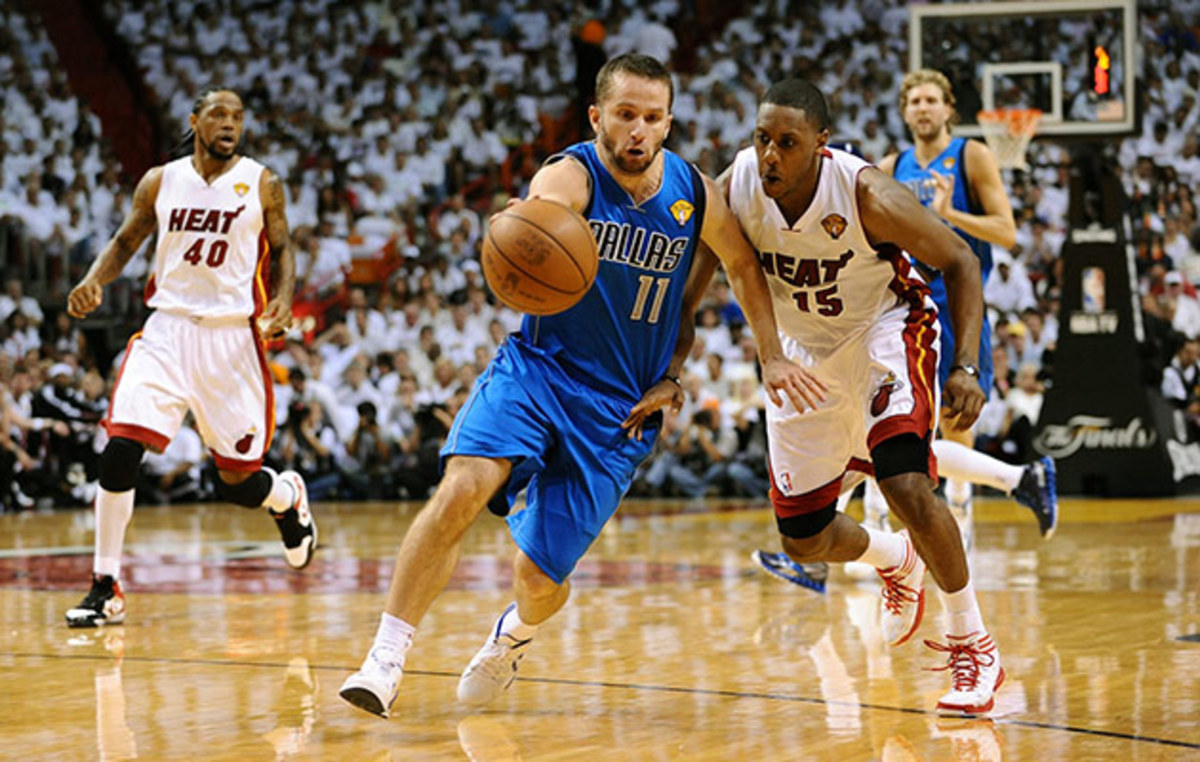
Not all coaches are as open as Kerr and Carlisle. Some still rely on fixed rotations, adjusting mainly for a hot hand. In Dallas, Carlisle gave Beech access to meetings and film sessions. He seated him behind the bench. When the ’11 Finals opened, Peja Stojakovic was the Mavericks’ eighth man, logging 14 minutes in Game 1. He had the hot hand. Brian Cardinal, meanwhile, was strapped to the pine. But as the series progressed, lineup data revealed that Dallas could not defend Miami when Stojakovic was on the court, and by Game 4, Cardinal had taken all of his minutes. Thanks to those subtle modifications, a team whose second leading scorer was Jason Terry knocked off a superpower led by LeBron, Dwyane Wade and Chris Bosh.
82games.com still exists, but it’s a relic, replaced by newer sites like Nylon Calculus and NBA Wowy. The lineup figures that were once so fresh can be clicked on NBA.com and ESPN.com. Everybody has the info. In Cleveland, where Griffin is now GM, director of analytics and 82games.com alum Jon Nichols presents it to assistant coaches. In Golden State, assistant general manager Kirk Lacob does the same. “When we have a hunch,” says Warriors assistant Luke Walton, “we get the numbers to validate what we’re thinking.”
“So many people are thinking about lineups, talking about lineups, it’s spiraled in prominence,” says Beech, now the vice president of basketball strategy and data science for the Kings. “It’s one major place that coaches can have an impact. They may not be able to change Josh Smith’s shot selection, but they can dictate who is on the court together.”
*****
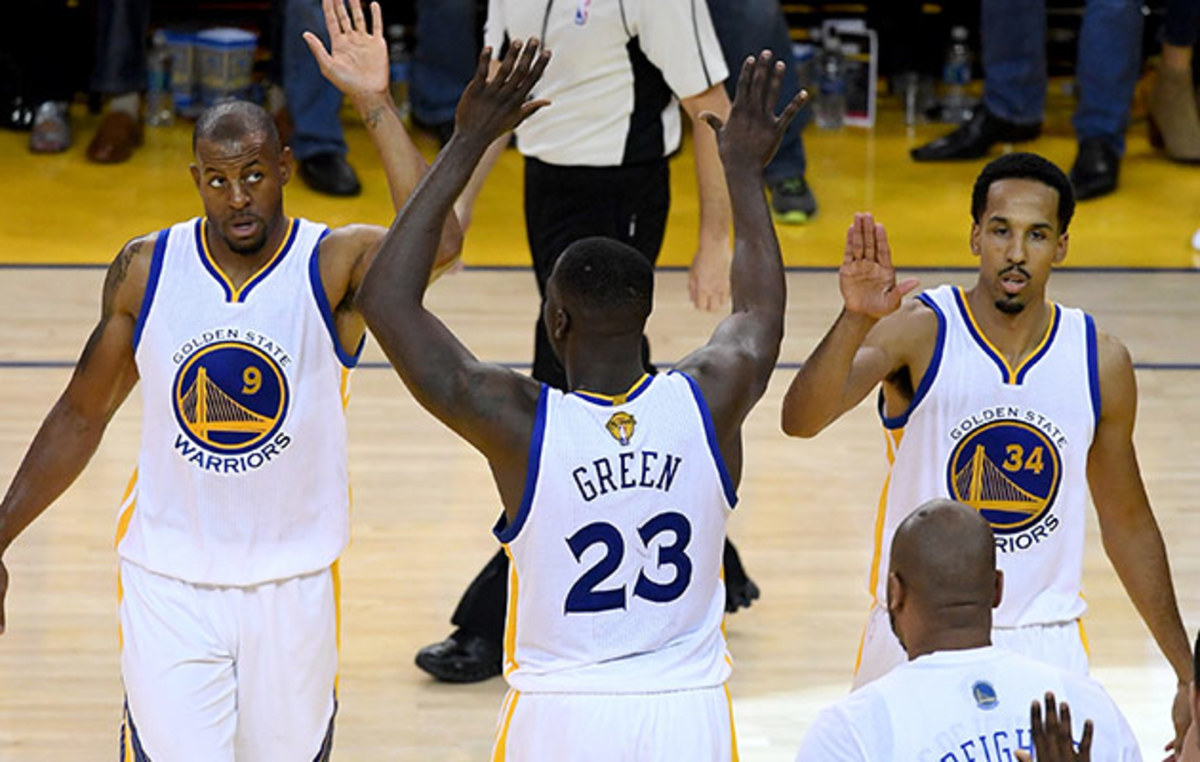
Wayne Winston calls up his lineup calculator for Game 1 of the Finals. “This is amazing!” he says. The Death Lineup, with Thompson in early foul trouble, played less than three minutes in Golden State’s 104–89 win. The Death Lineup East, which normally starts the second quarter, played less than one. Kerr splintered it by sending Green onto the court instead of MarreeseSpeights, and the perimeter threat prompted Lue to swap Frye for Kevin Love. The most effective group was perhaps the most unexpected, featuring reserves Shaun Livingston and Leandro Barbosa, who were 92 points per 48 minutes better than average in the time they spent together. “There’s no way that should happen,” Winston says. The culprits, the calculator claimed, were Dellavedova and Shumpert, usually a formidable defensive duo.
“It’s a small sample, and you don’t want to make generalizations based on noise,” Winston says. “But in a seven-game series, what else are you going to do? If I was talking to the Cavs, I’d tell them, ‘Dellavedova and Shumpert got destroyed by Barbosa and Livingston. That matchup moved the game. Either figure out why or try a different combination.’ ”
On Sunday, Barbosa and Livingston torched Cleveland again, but in fairness, so did everybody else. Lue grew desperate enough that he spit out a lineup the Cavaliers had deployed for only two minutes in the regular season: James at center, flanked by Shumpert, Smith, Jefferson and Kyrie Irving, all guards and wings. When that dwarfish unit fell on its face, Lue attempted the inverse, pairing 7'1" Timofey Mozgov and 6'9" Tristan Thompson. They ceded even more ground.
As the Cavs staggered out of Oracle Arena, still searching for a way to unlock the champs, they were confronted by a hard truth. There may be no combination.
